Fashion Entrepeneurship Specialization
Learn fashion design from the initial concept to the creation of a unique and functional collection

Learn fashion design from the initial concept to the creation of a unique and functional collection
Discover the fascinating world of fashion entrepreneurship with Lupe Gajardo, Moisés Nieto, Tomás Salazar, Genaro Rivas, and Jordi Labanda. Learn how to transform creative ideas into tangible designs, exploring everything from fashion design to the creation of your own brand. Immerse yourself in the design process, from conceptualization to final presentation, and develop a collection that reflects your unique style.
Learn the secrets of branding and visual identity to stand out in the fashion industry. Build a brand with purpose and social responsibility, integrating sustainable practices and collaborating with local artisans. Plus, discover the art of lifestyle illustration, creating vibrant characters that tell captivating visual stories. This program offers a comprehensive view of the world of fashion, combining creativity, business, and sustainability.
What will you learn in this specialization?

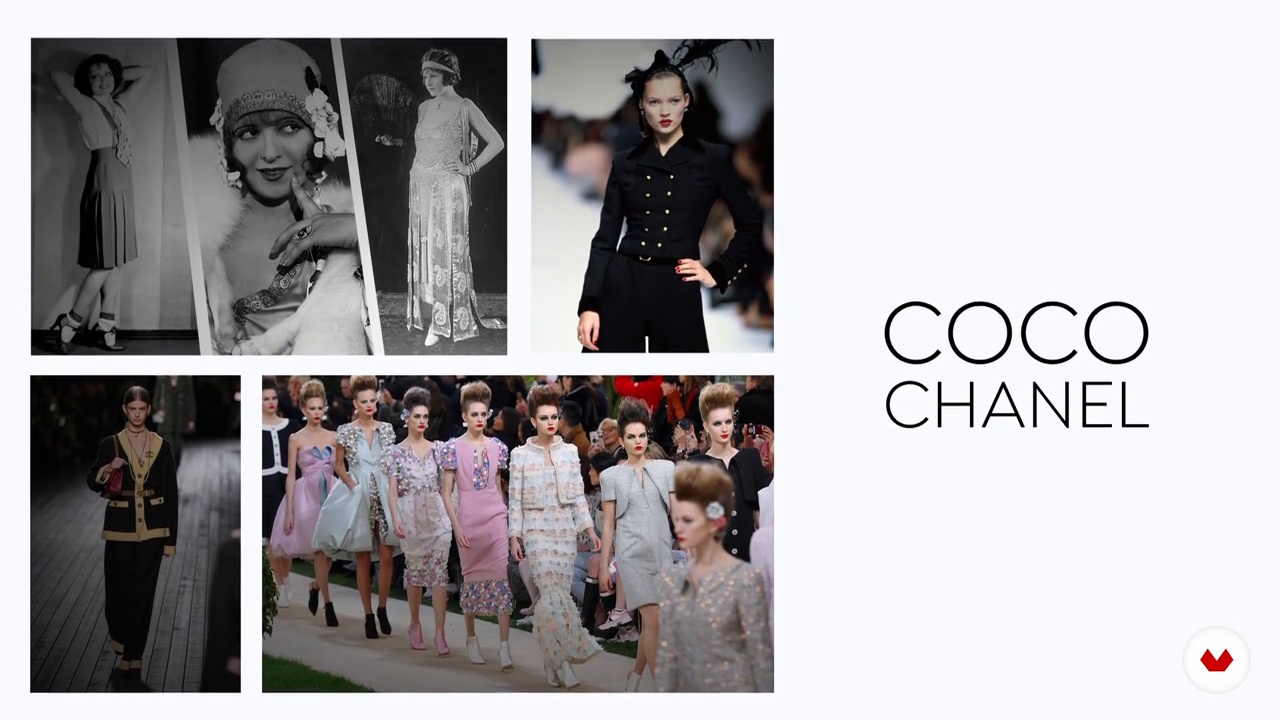
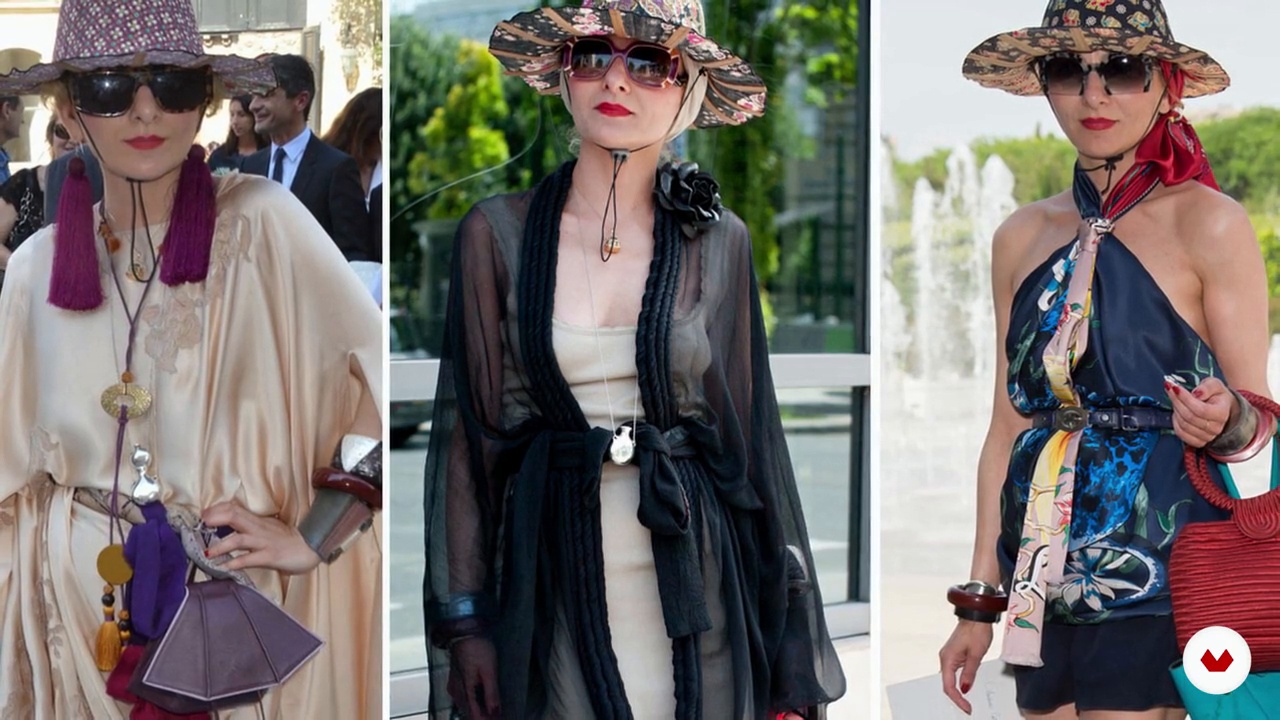
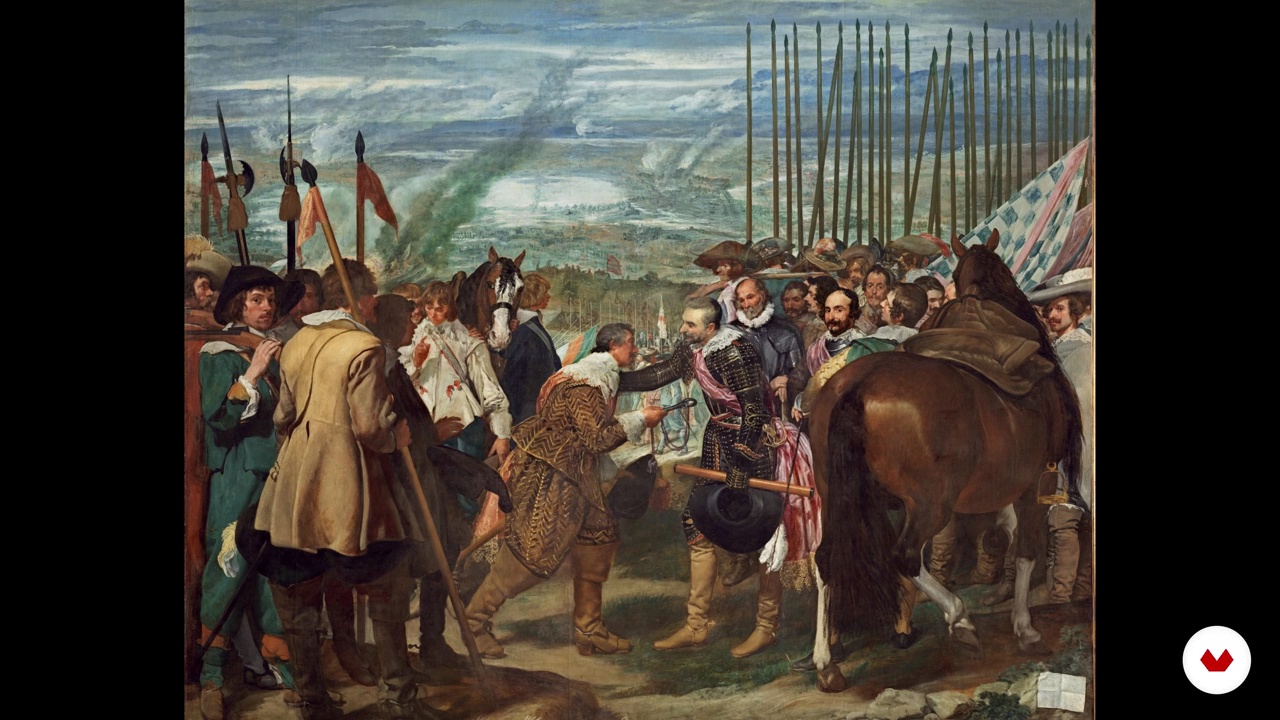
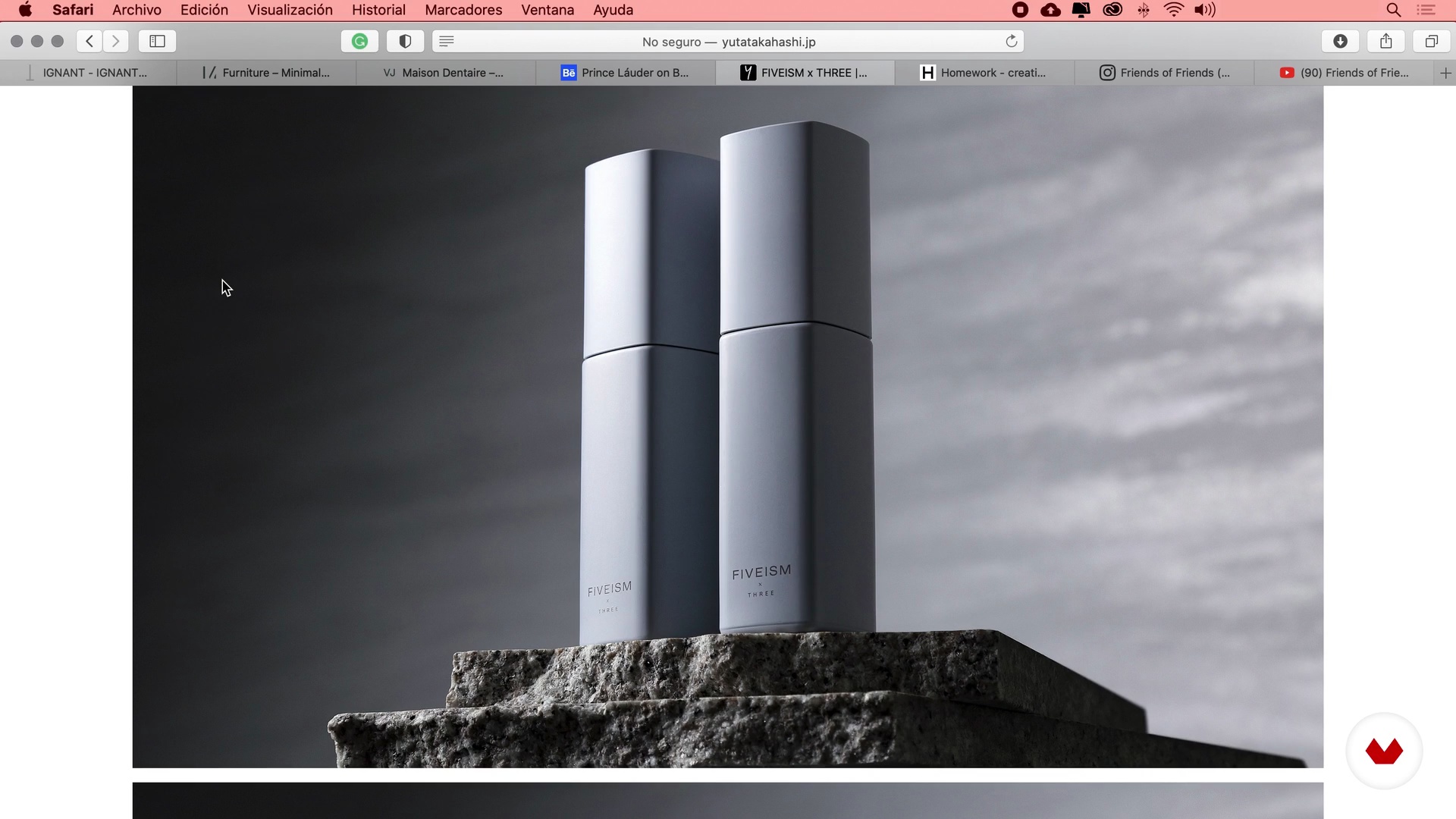
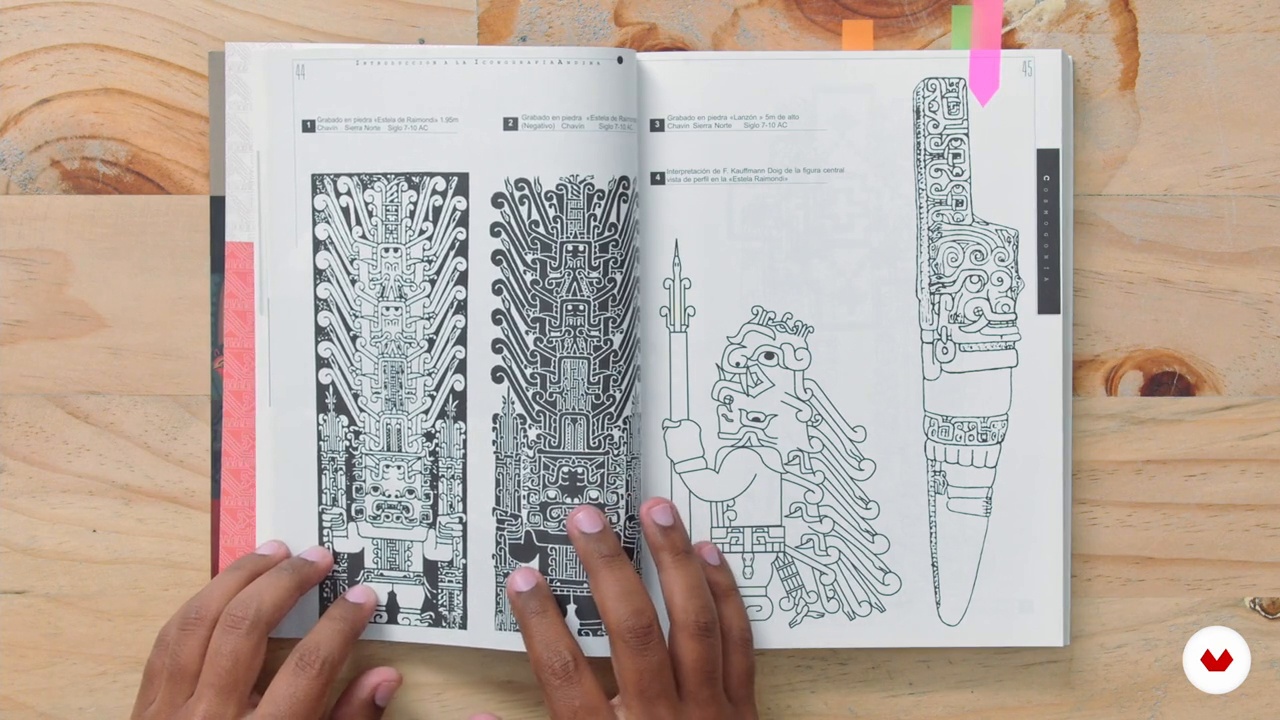
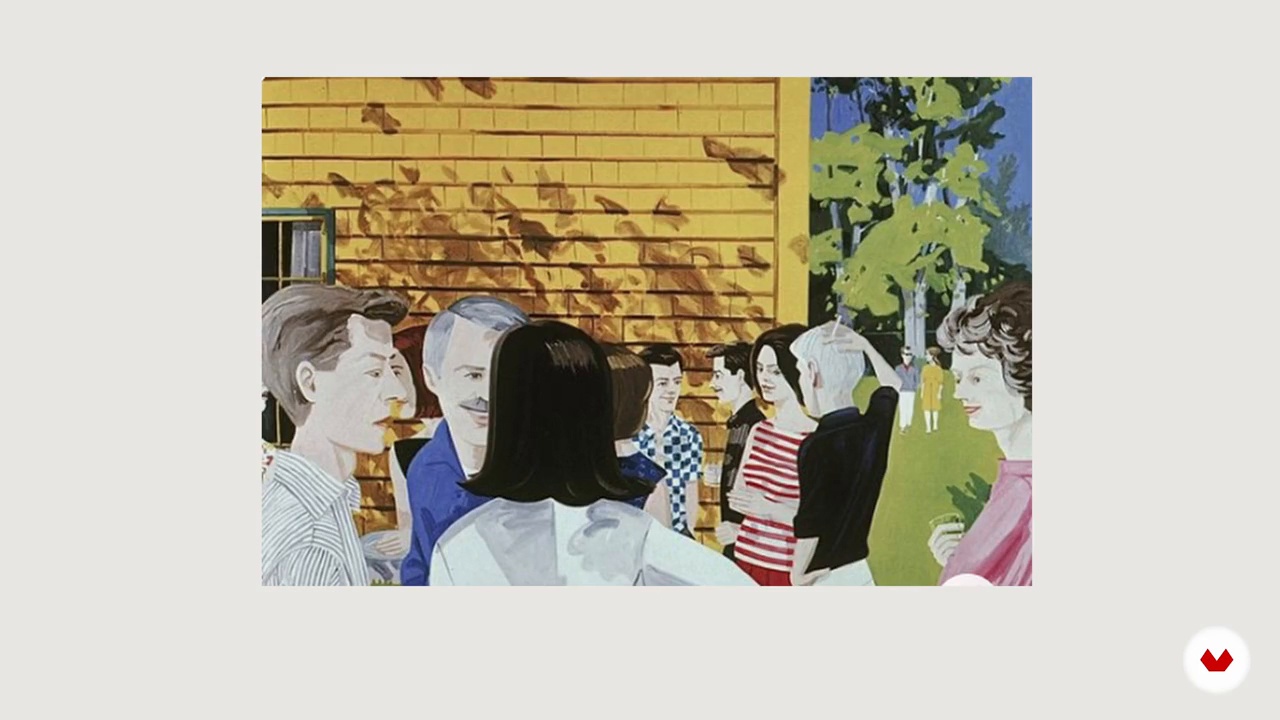

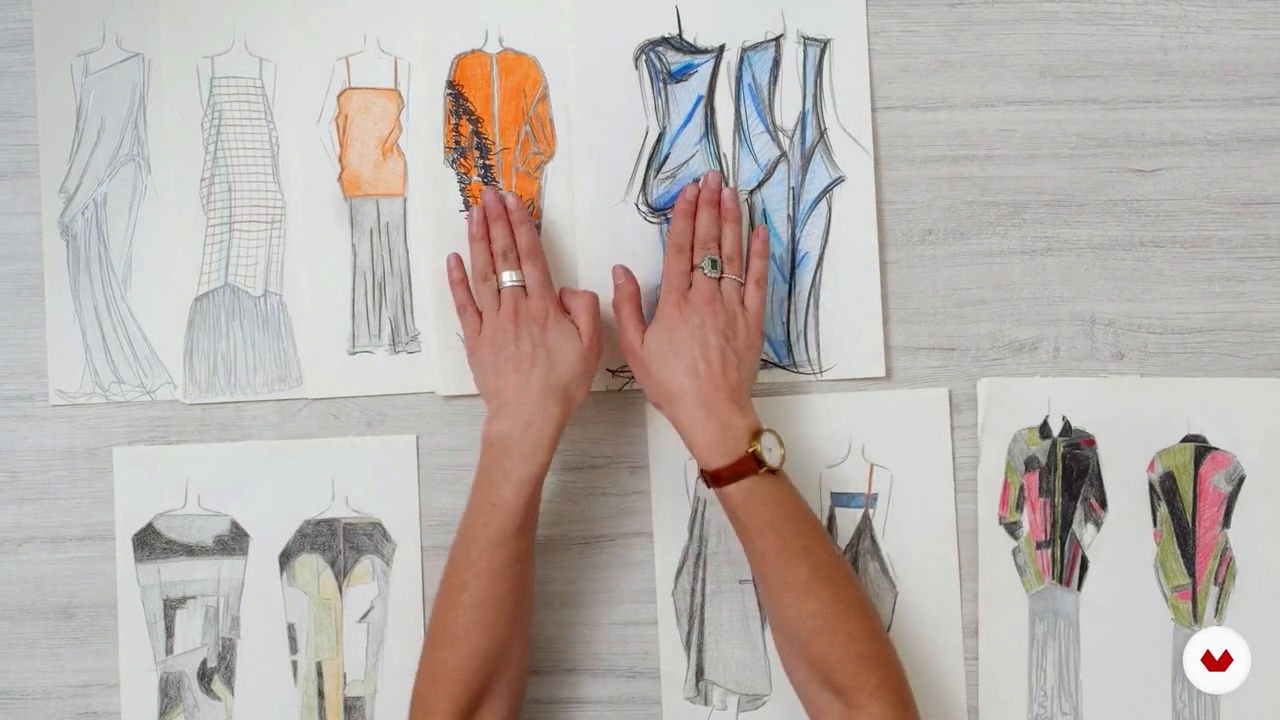
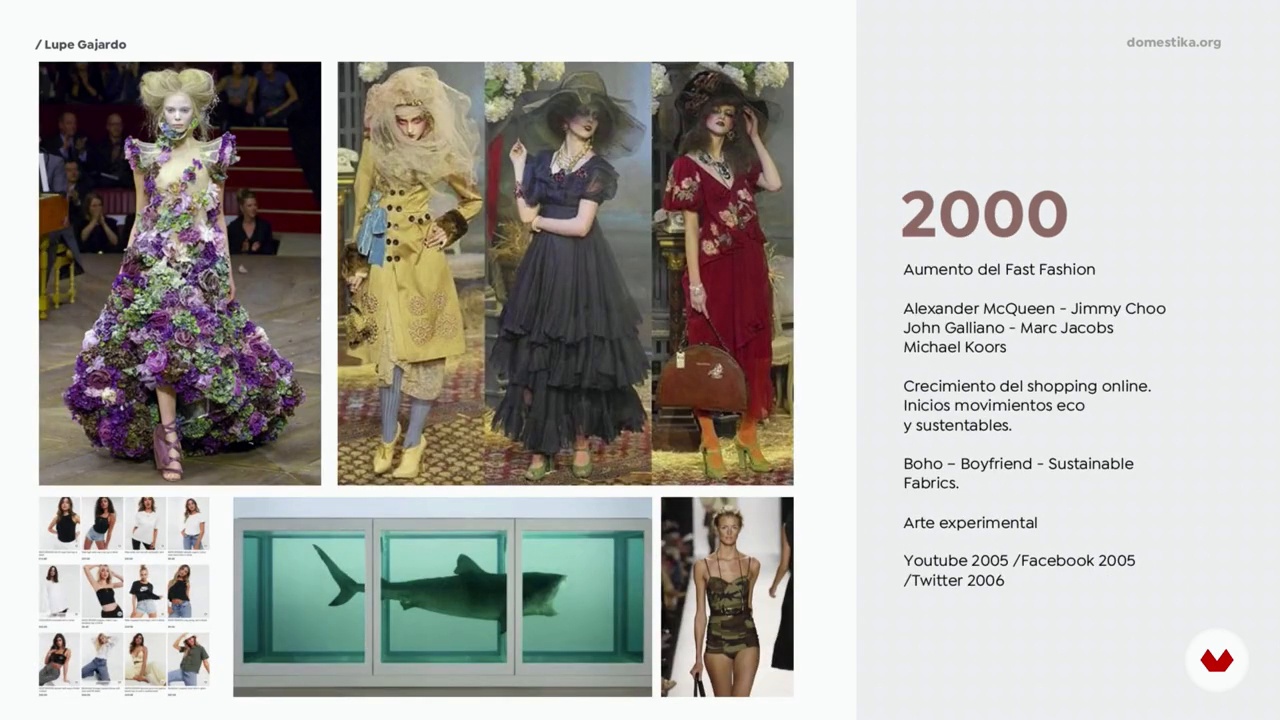

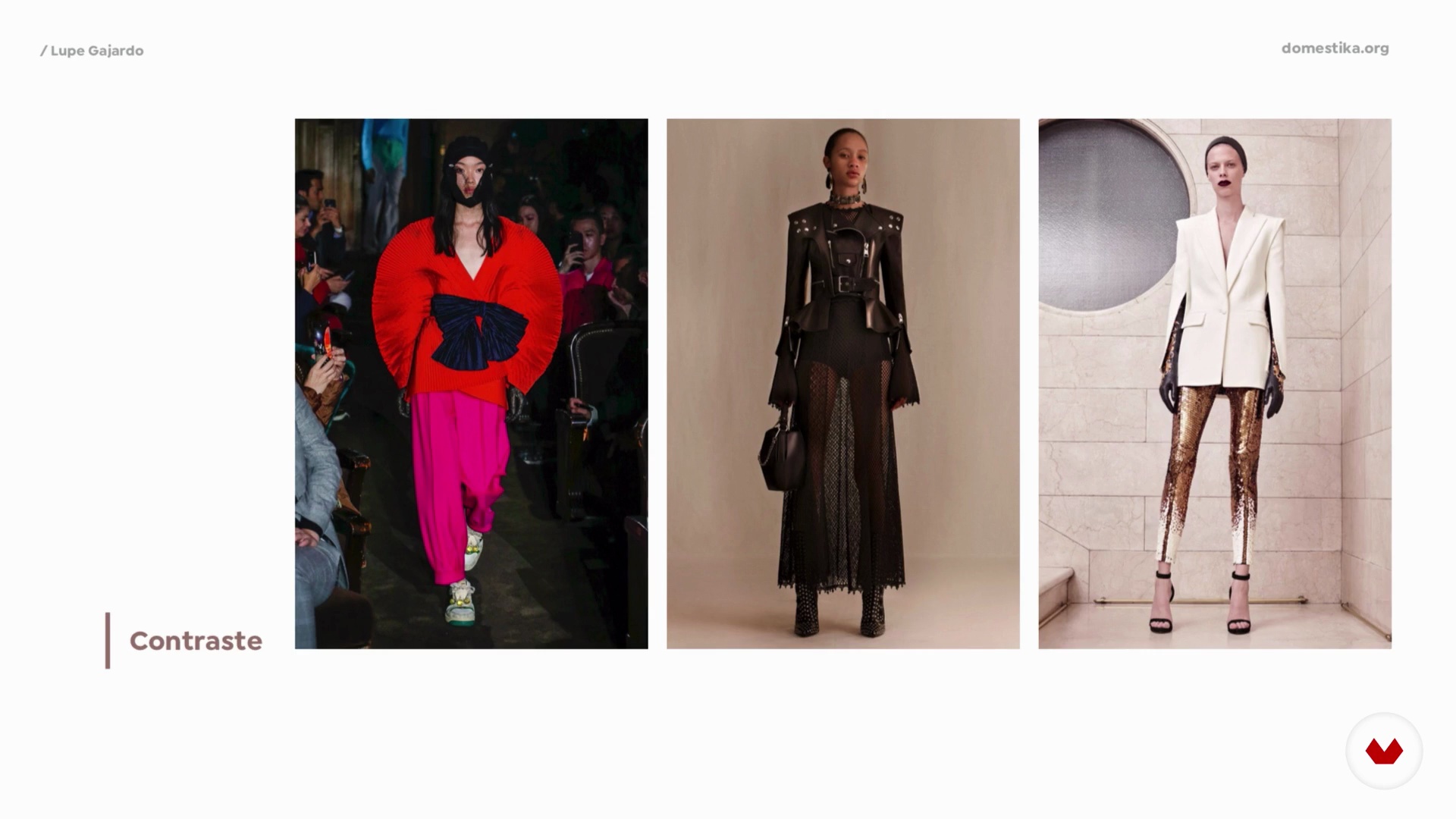
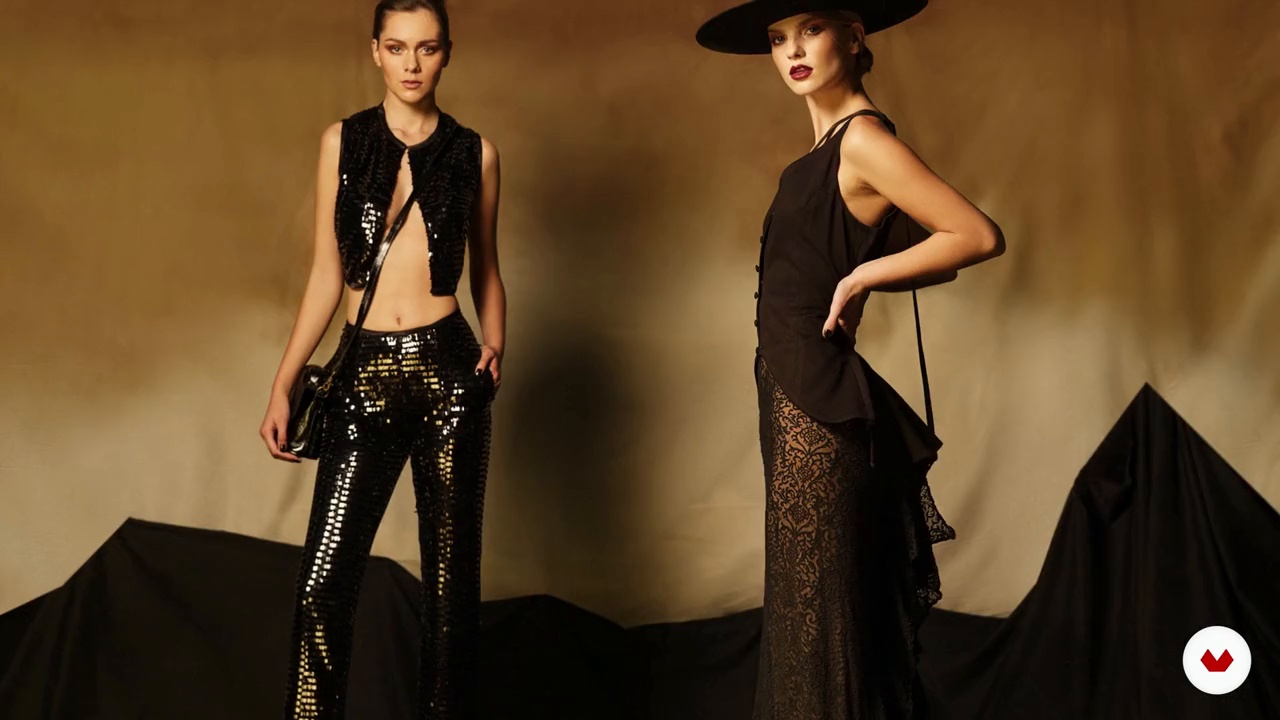
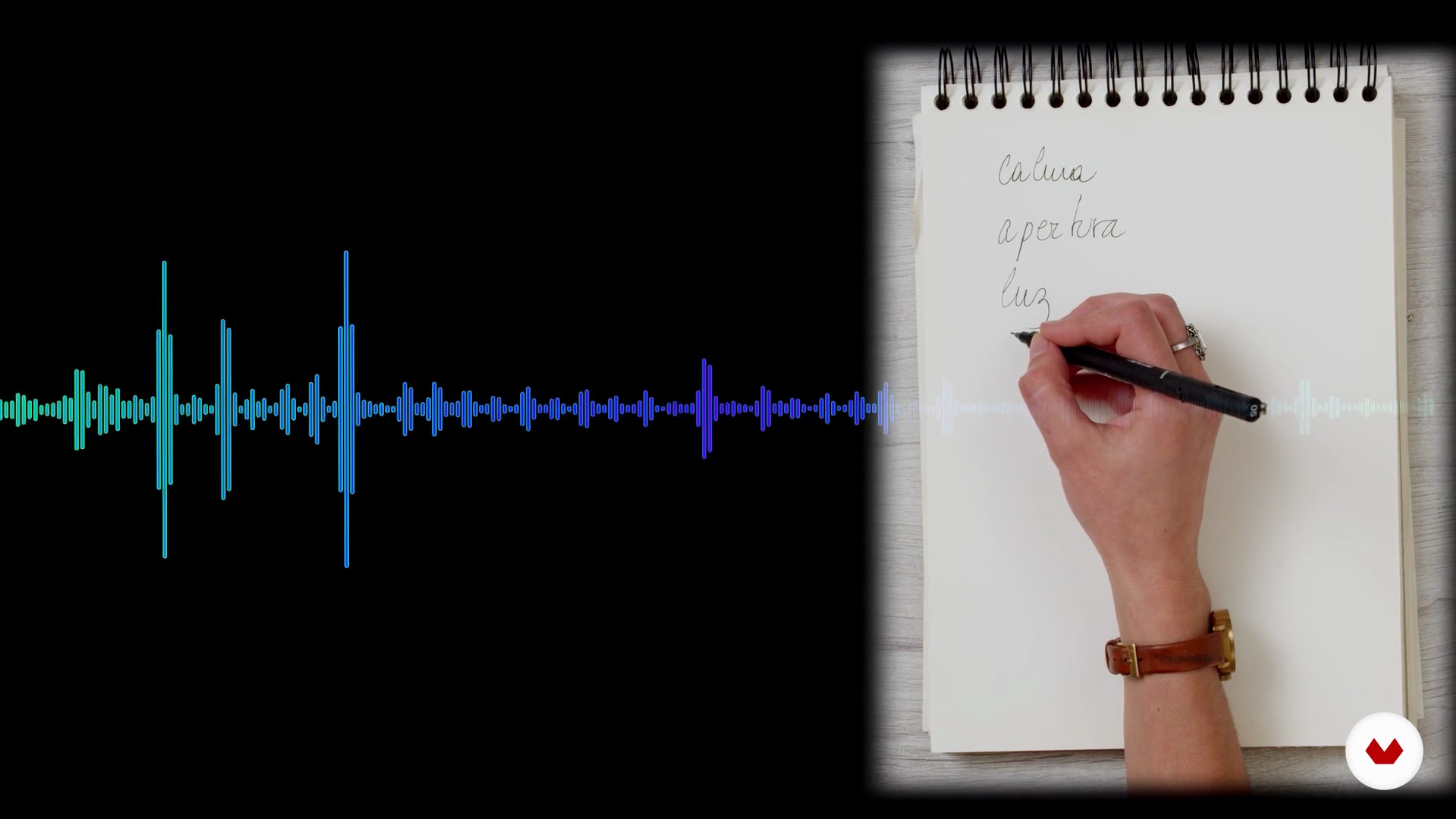
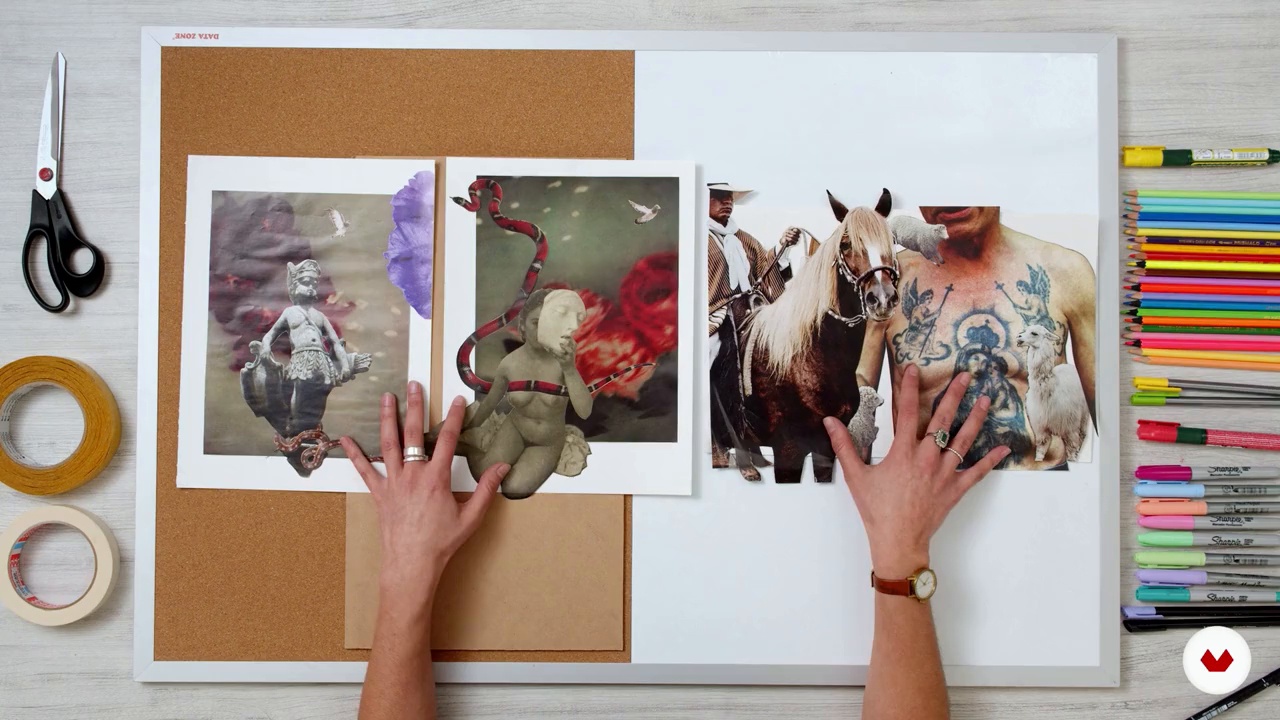
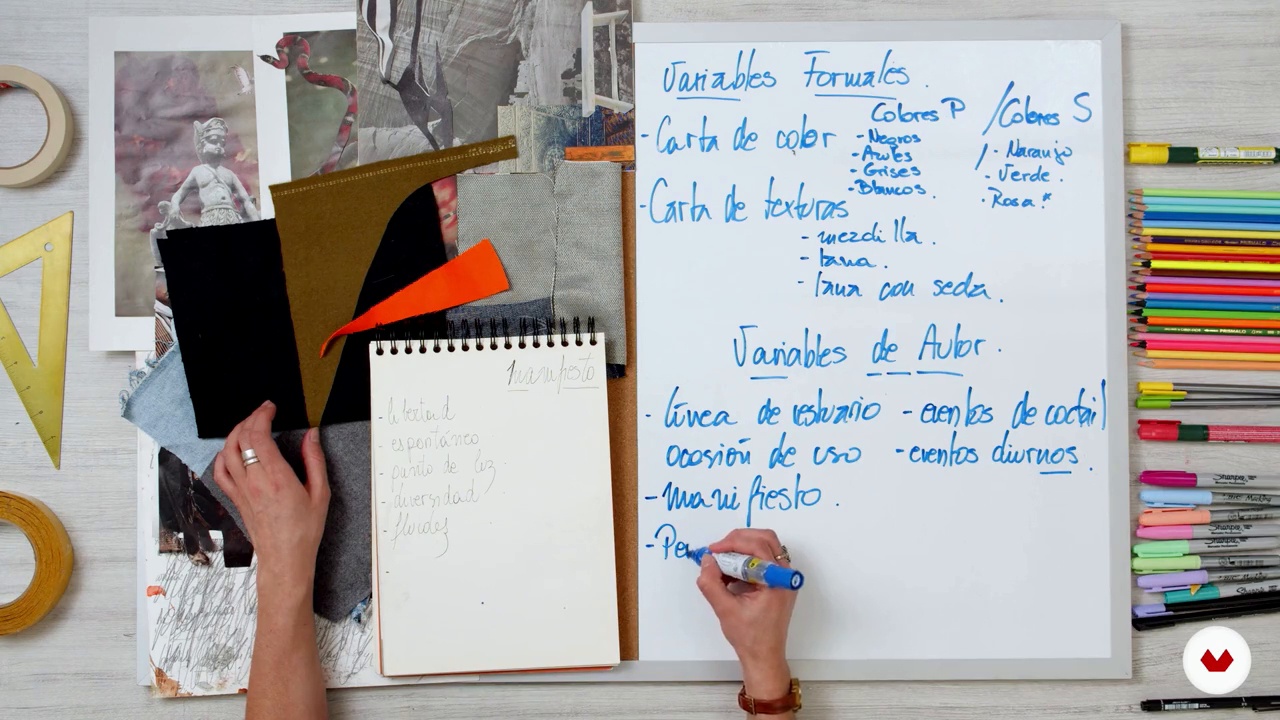
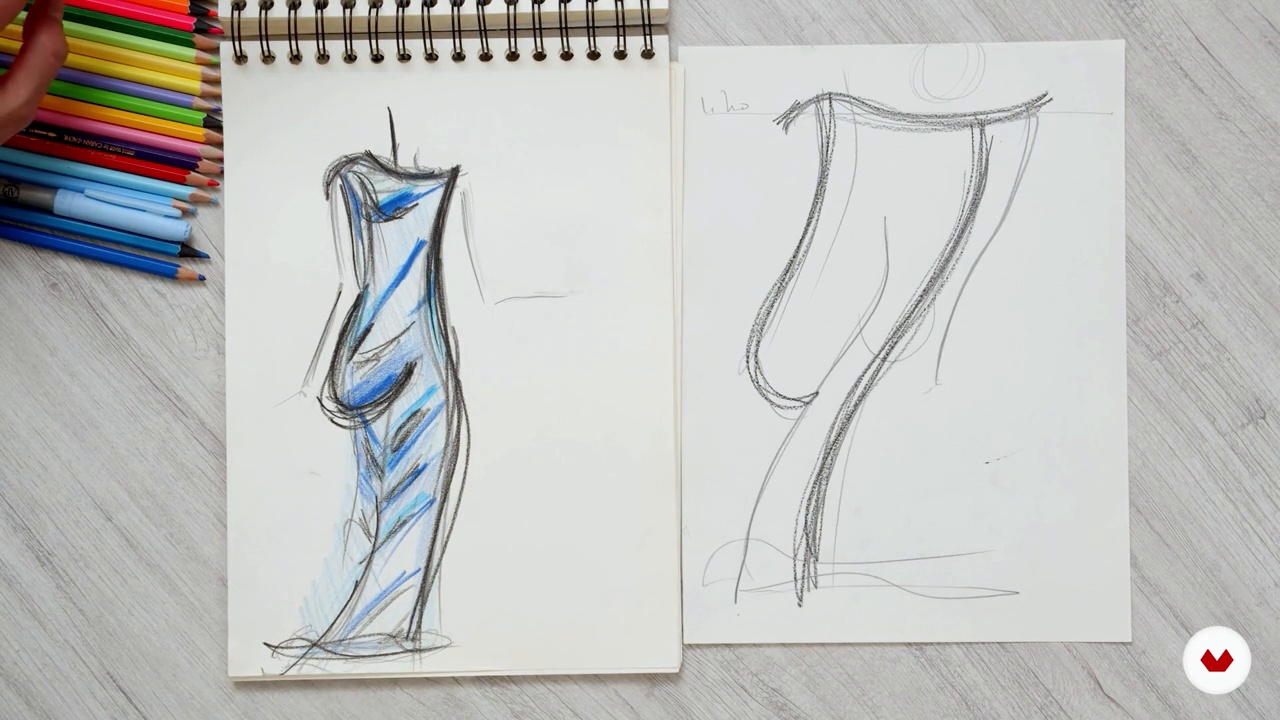
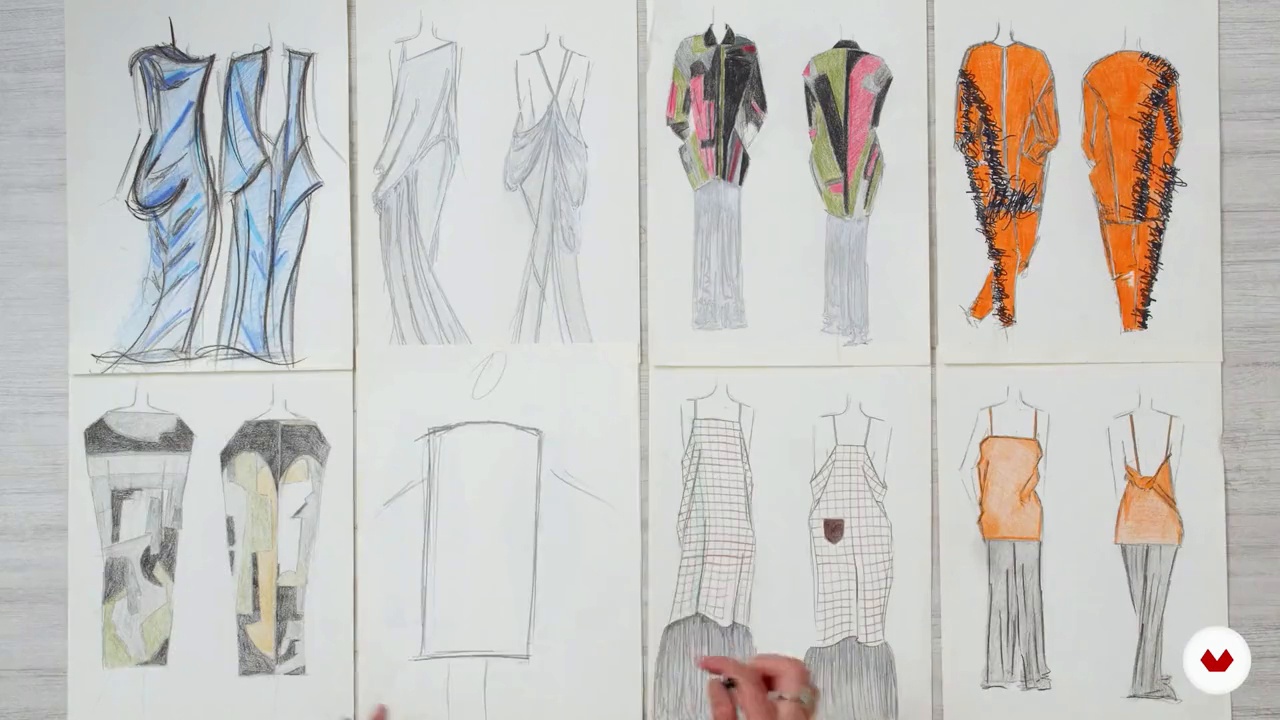
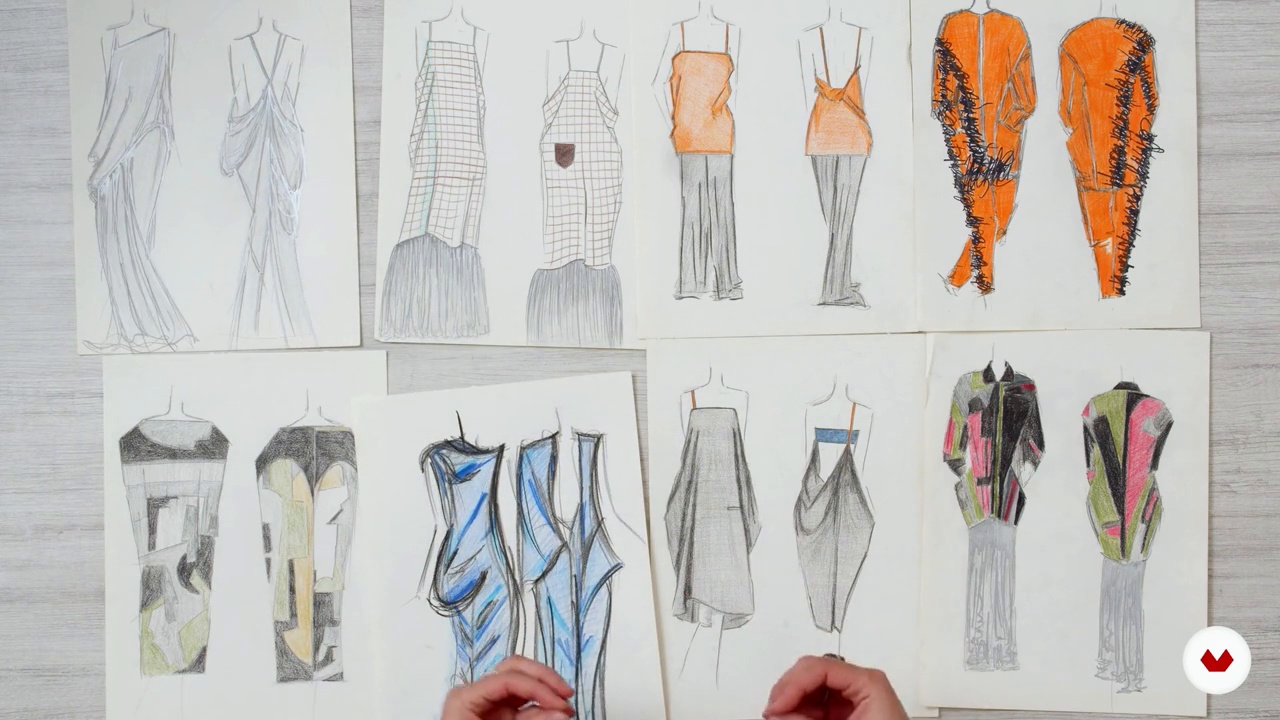
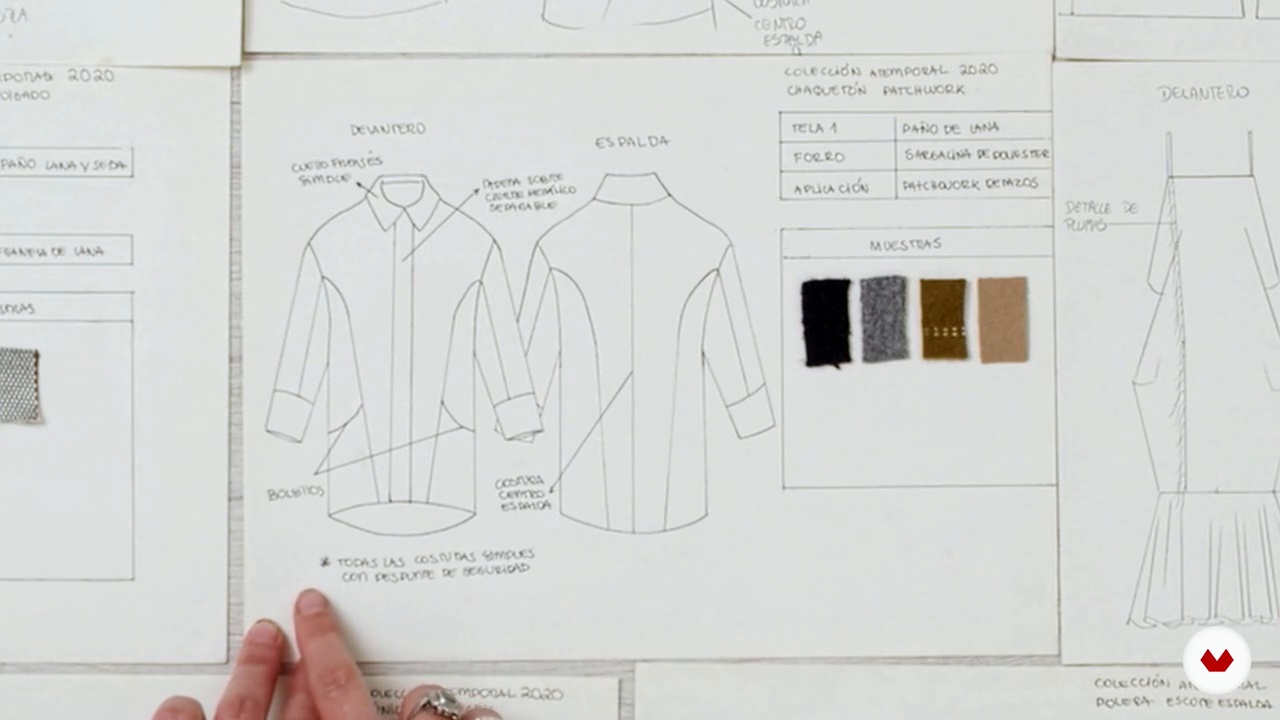
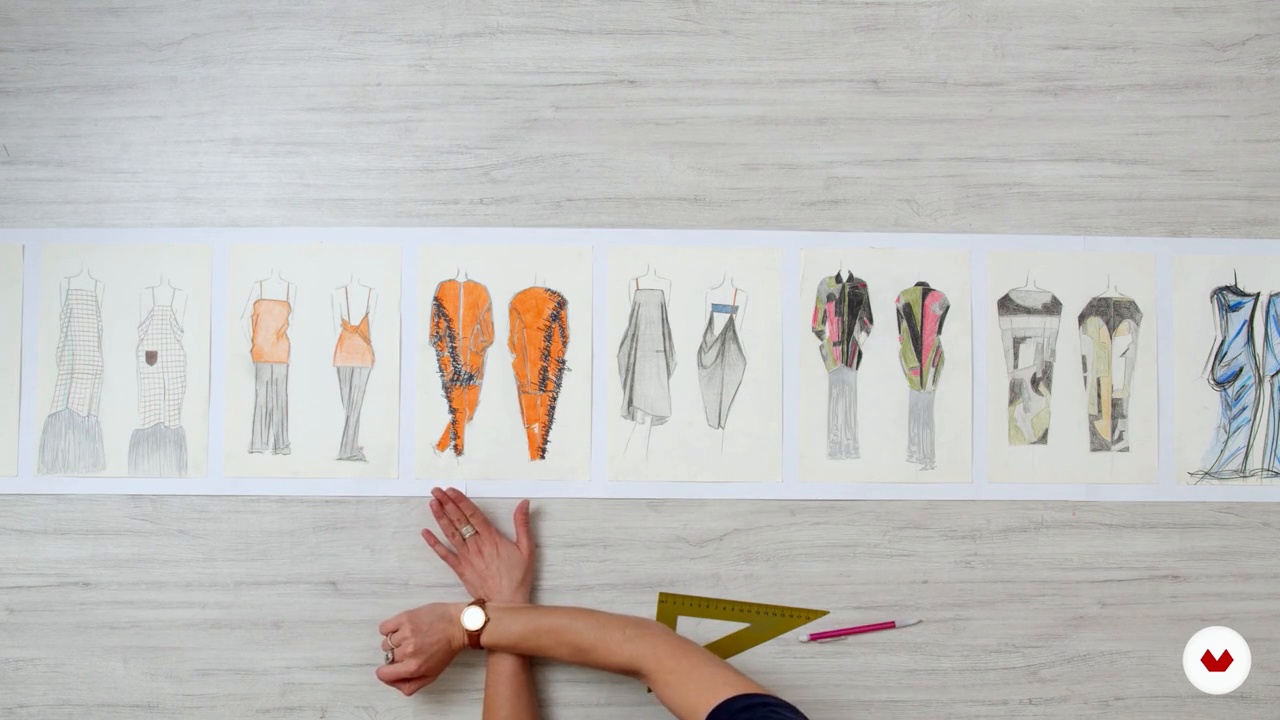

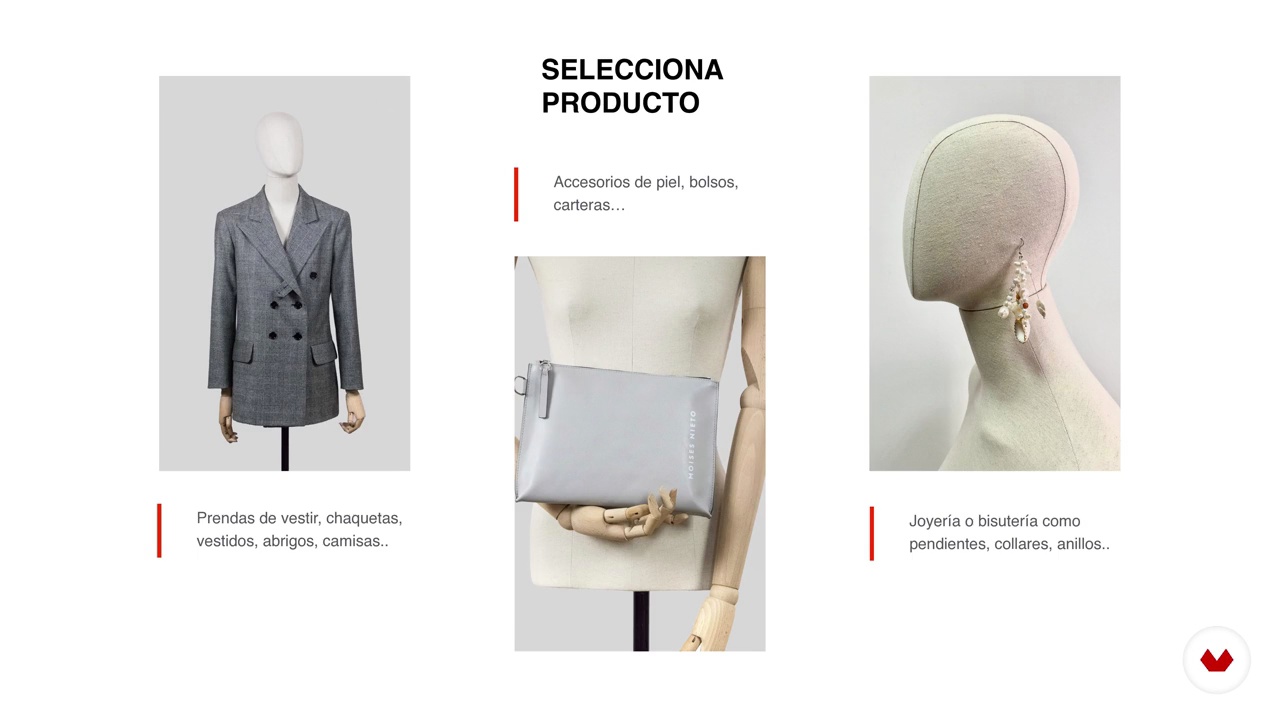
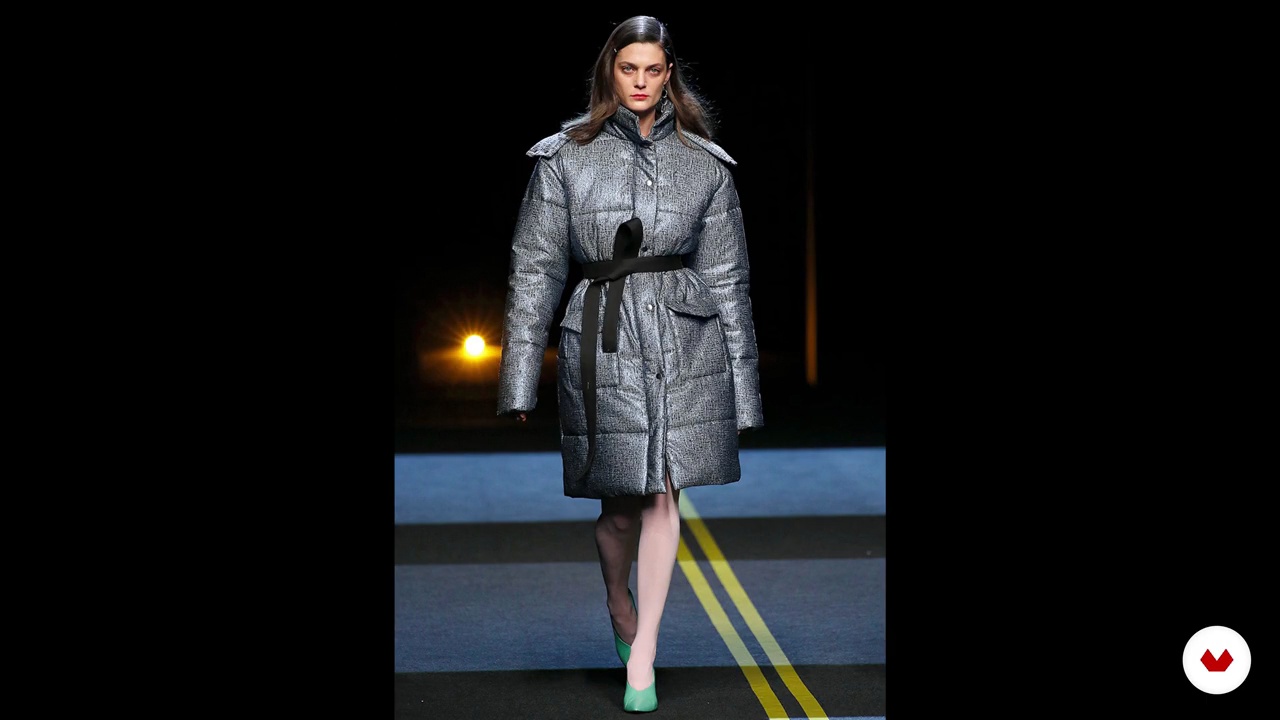
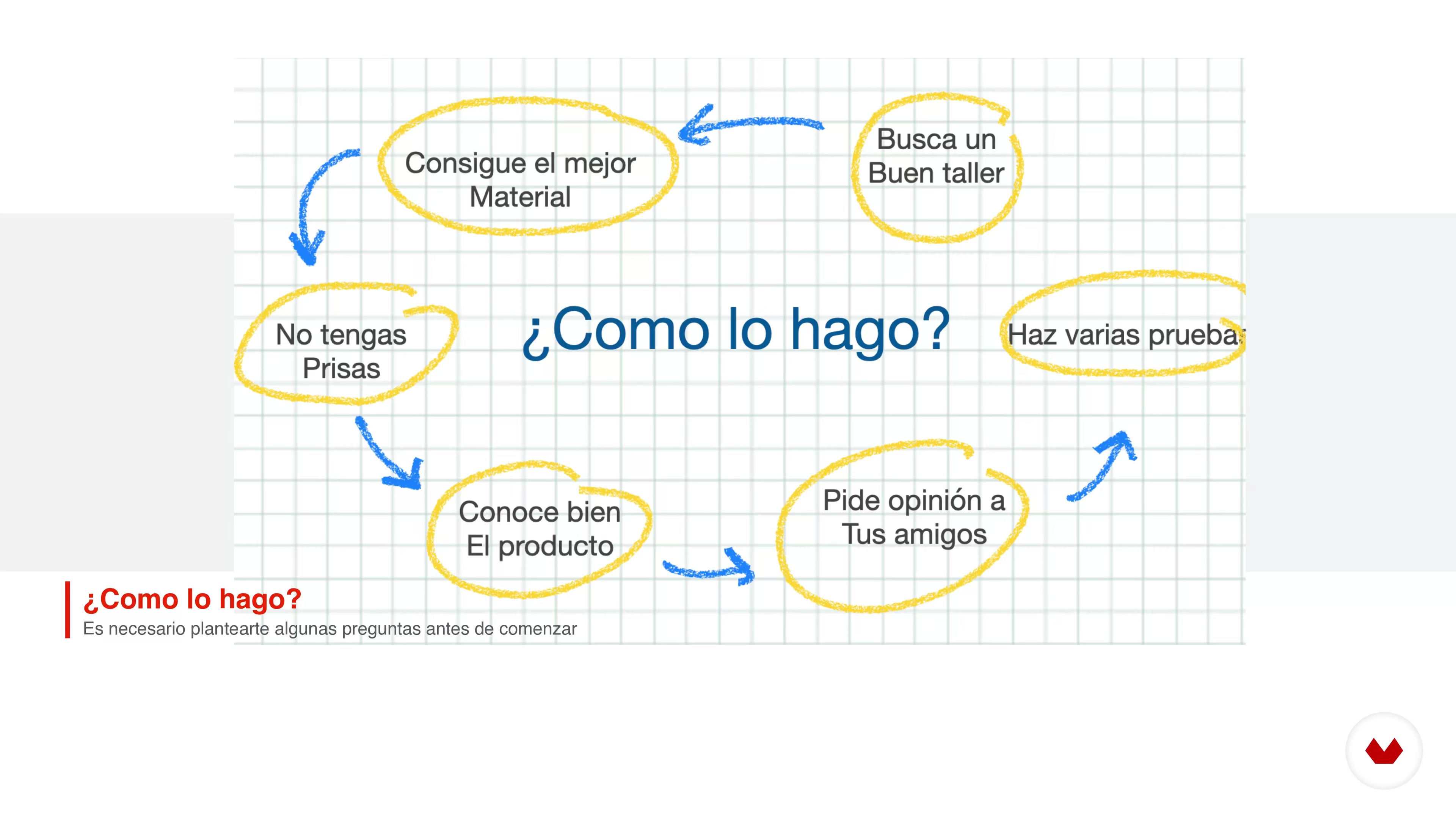
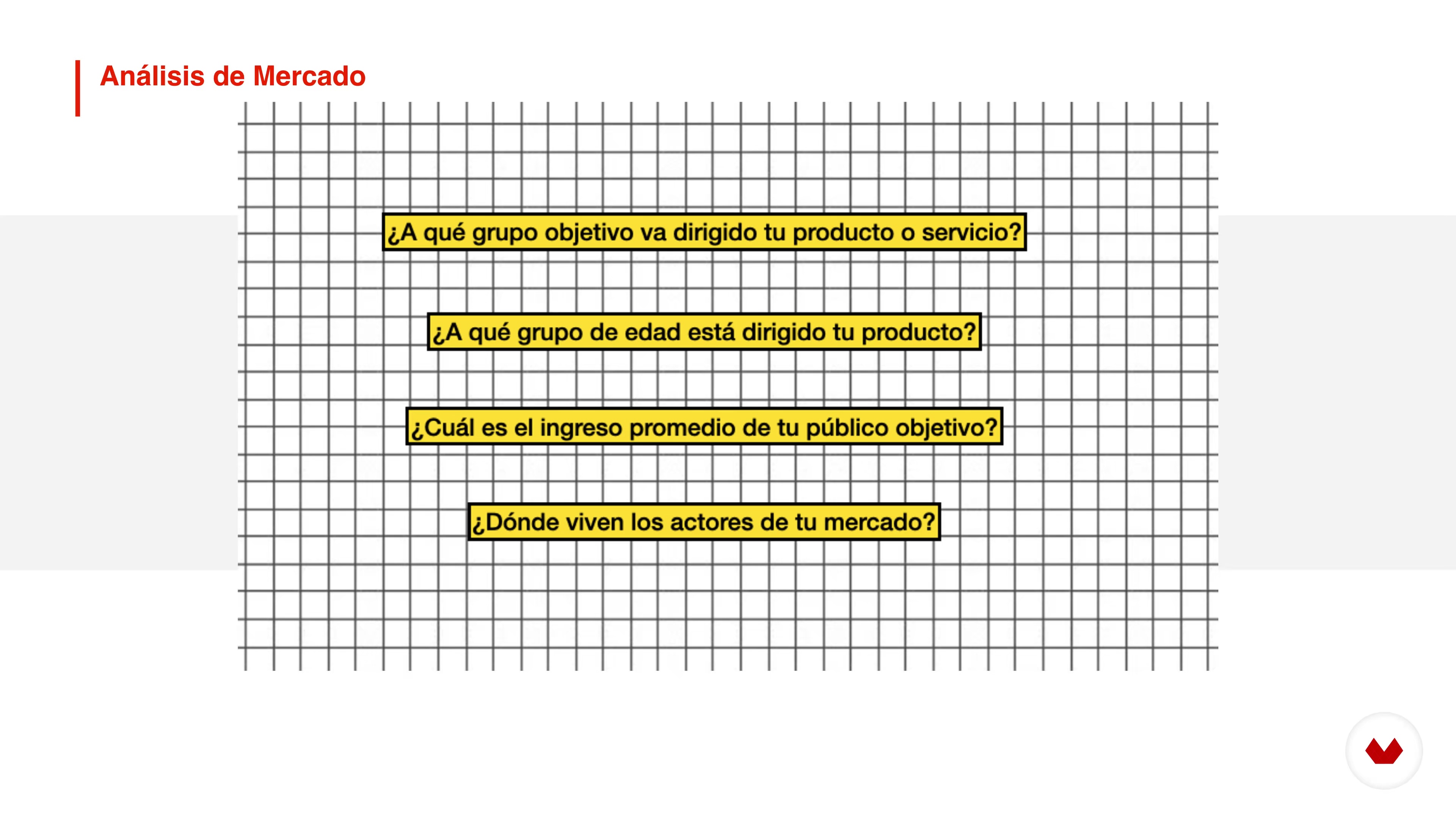
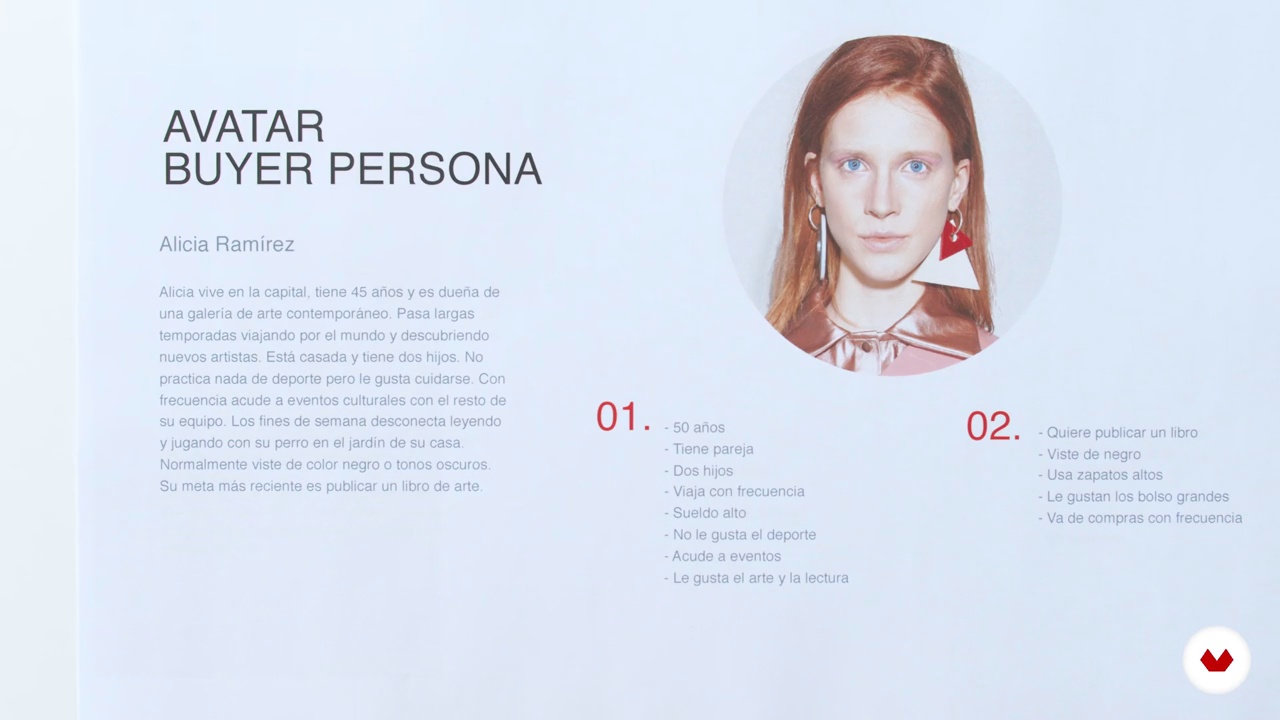
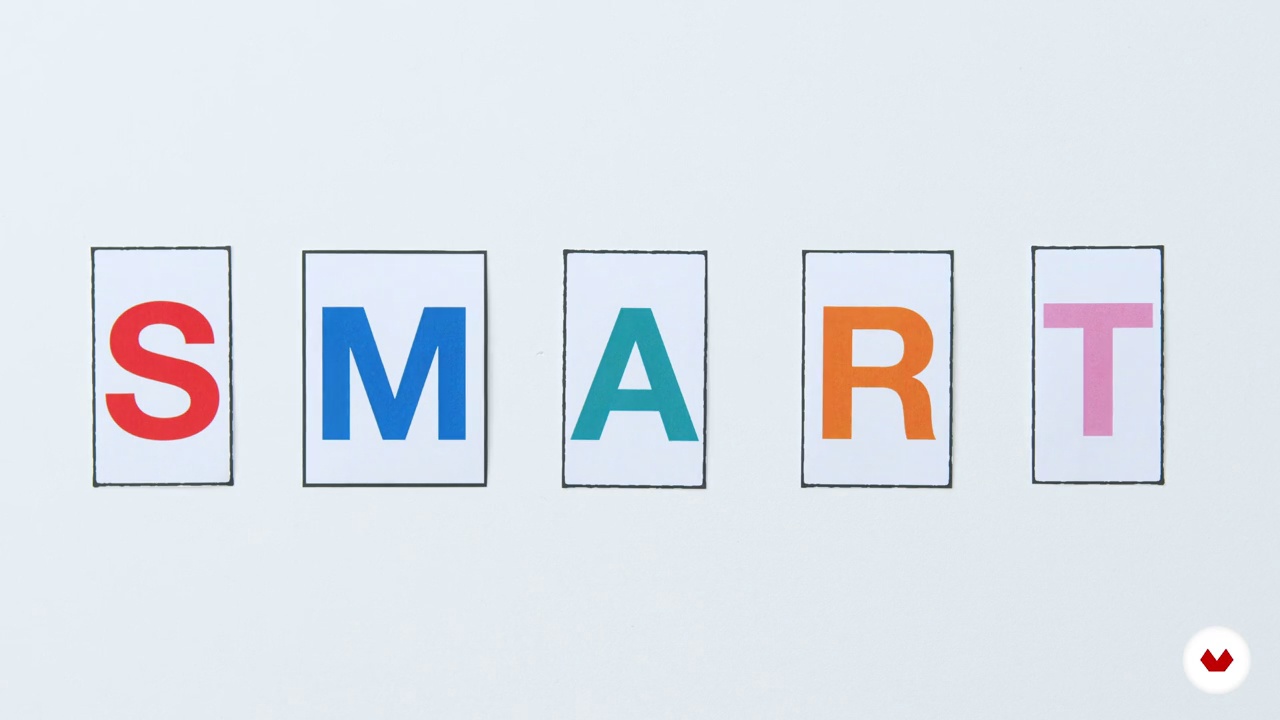
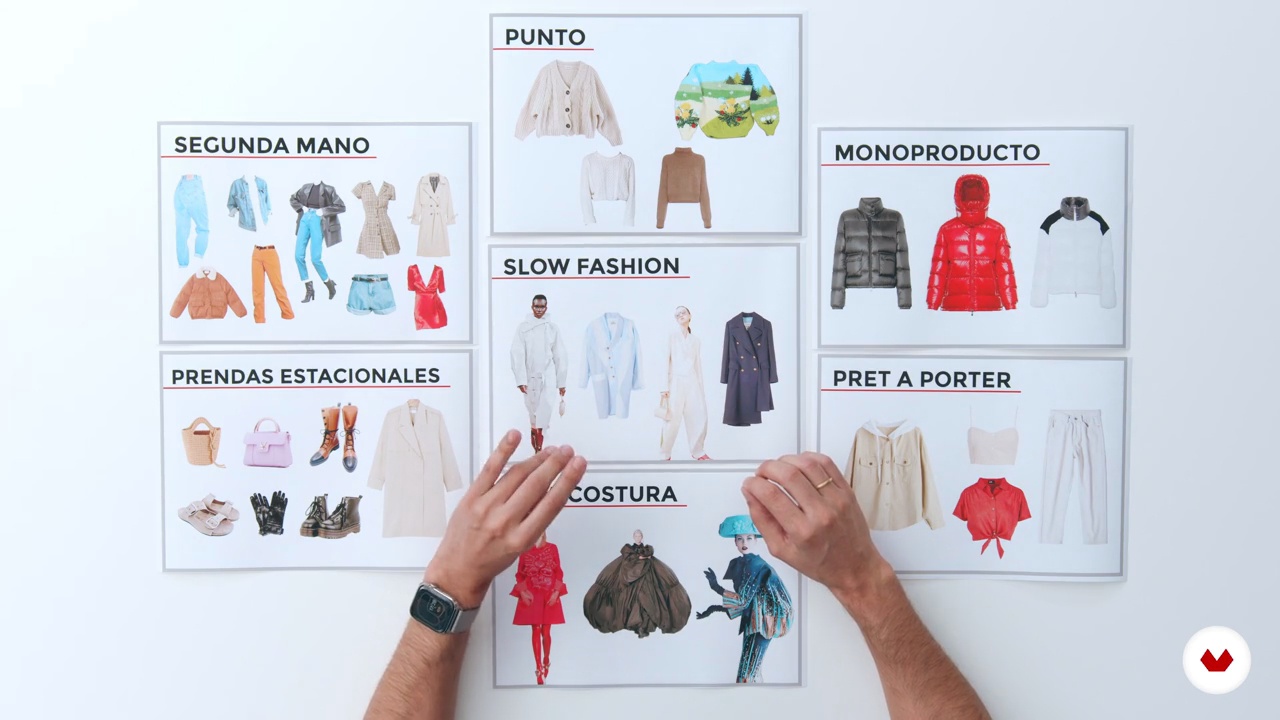
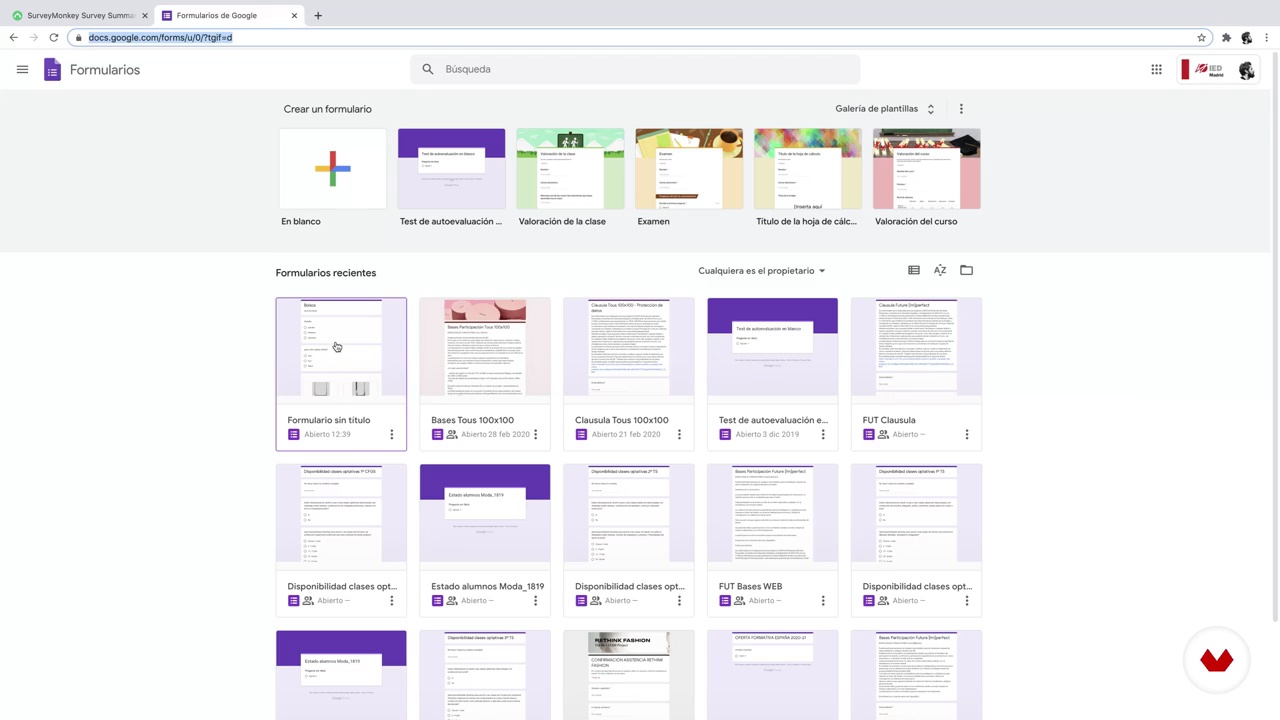
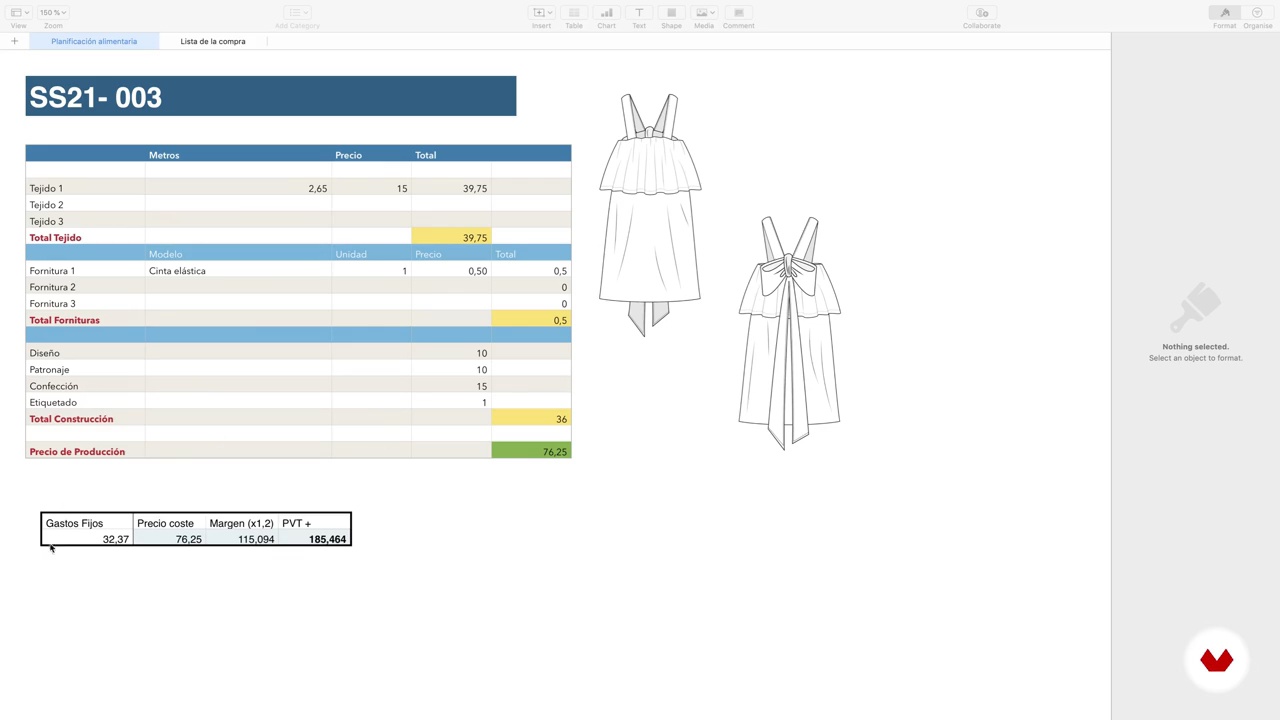
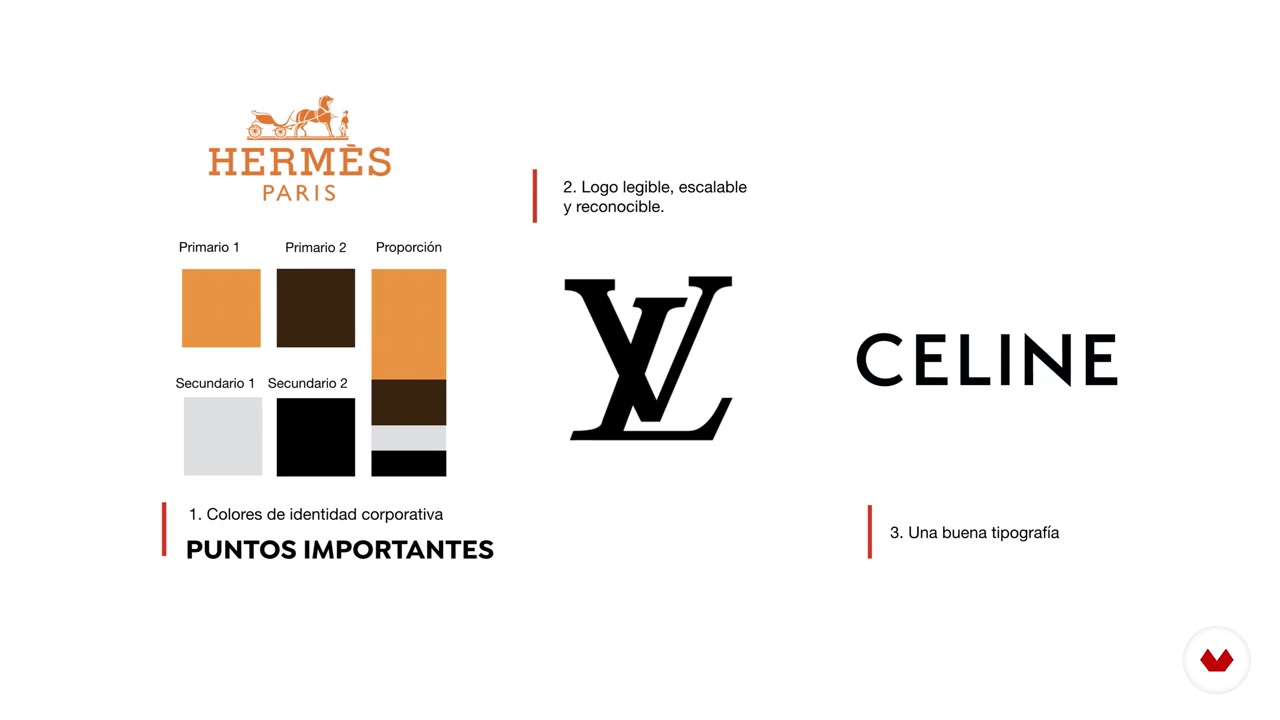
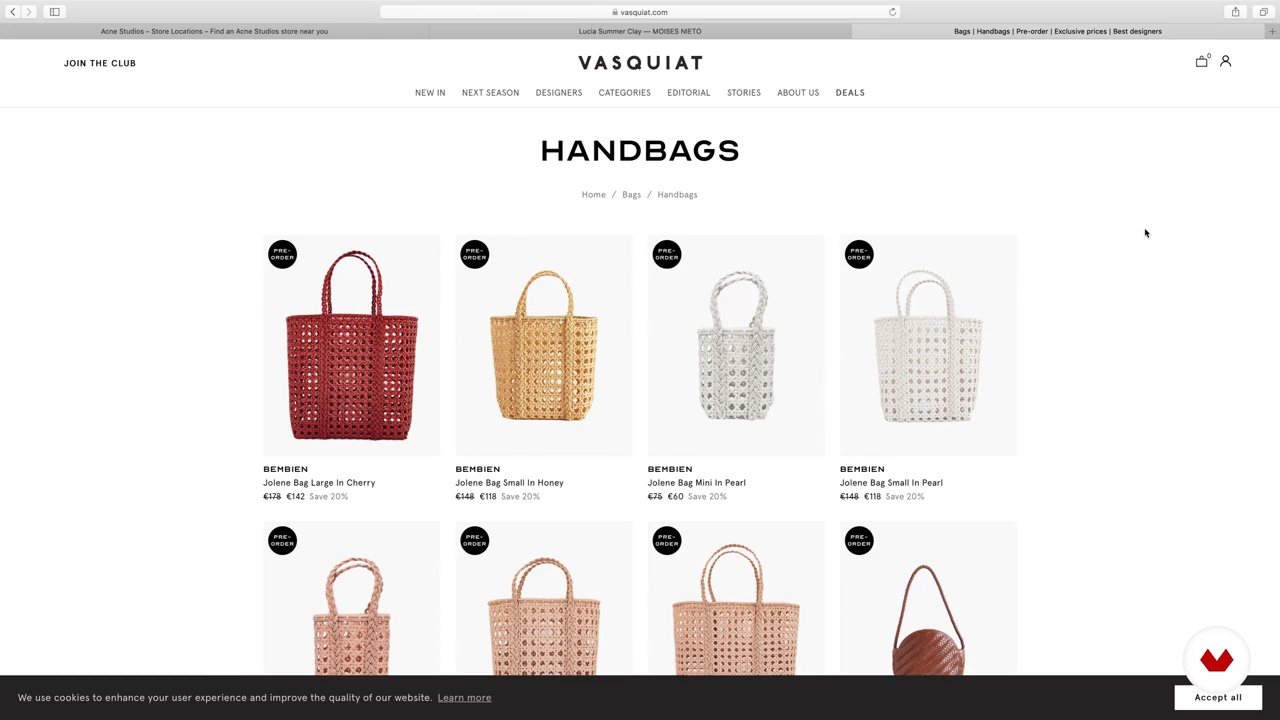
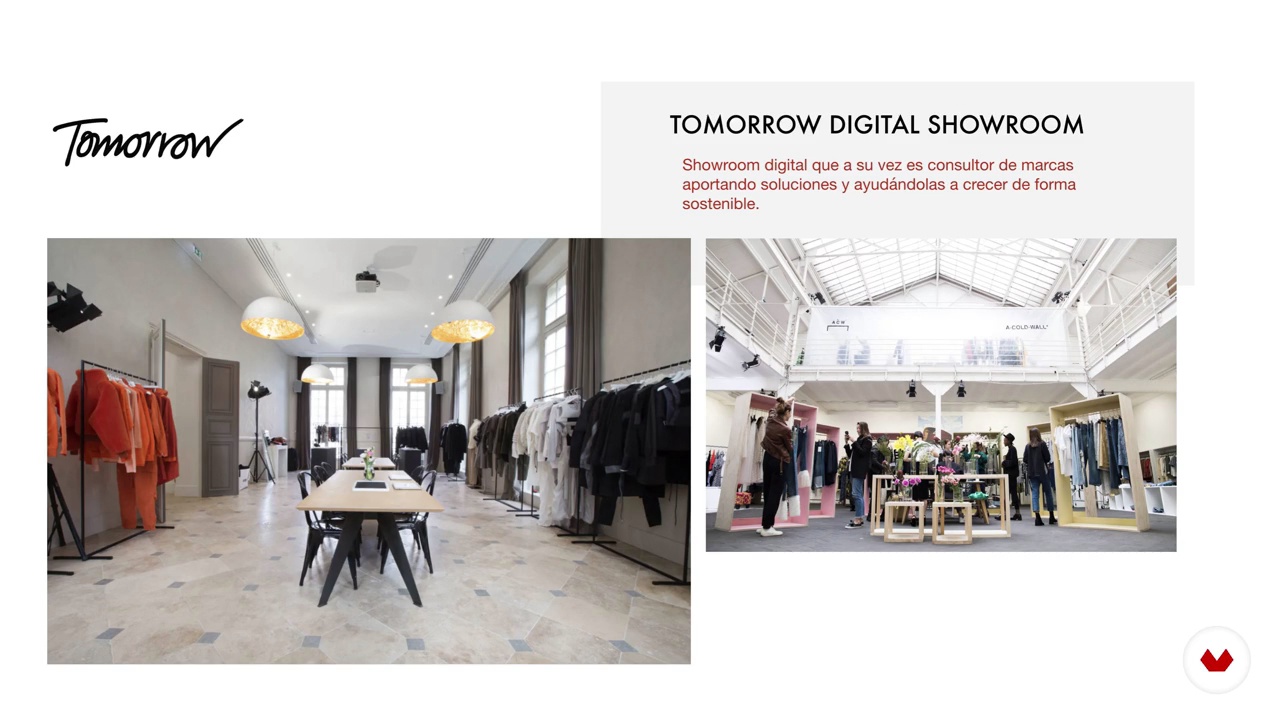
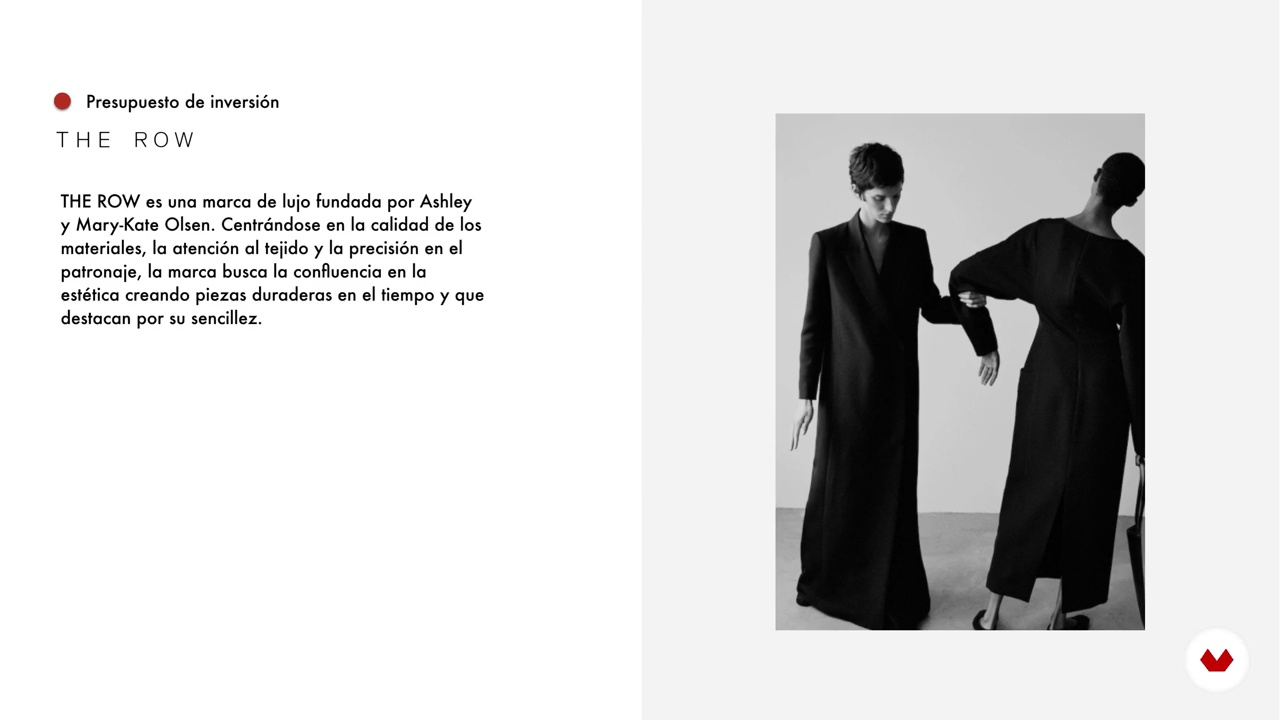
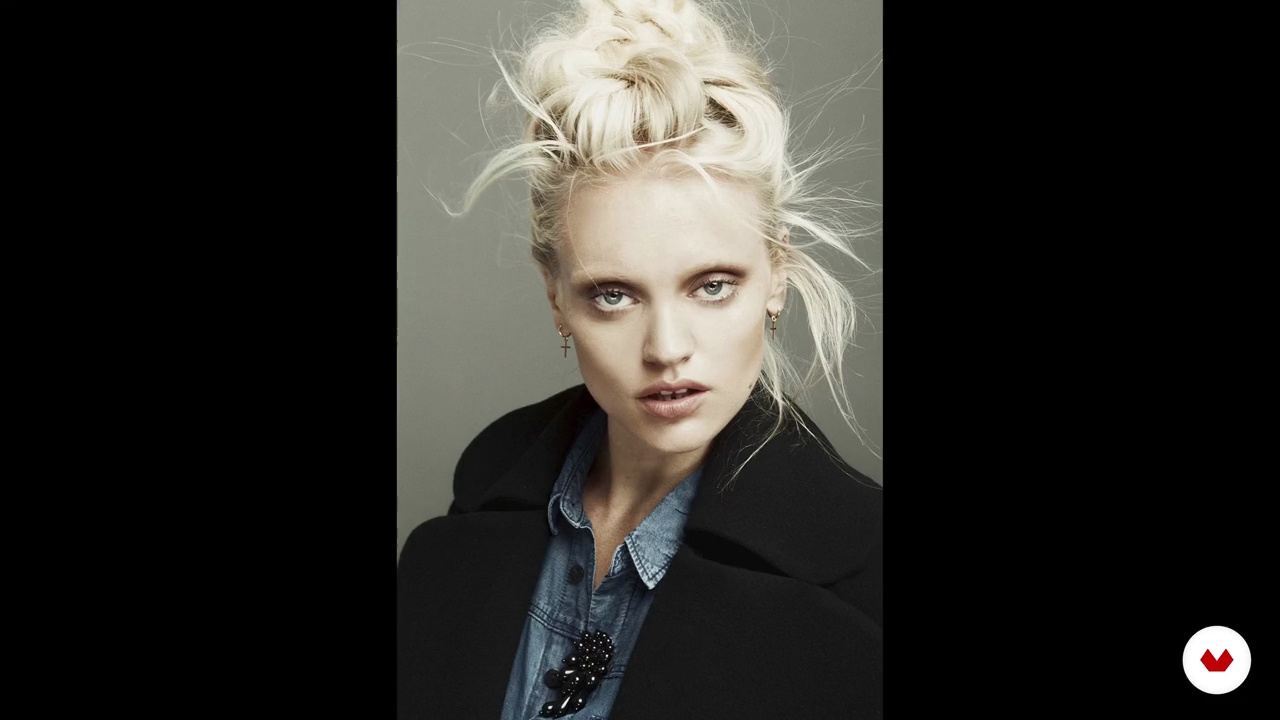

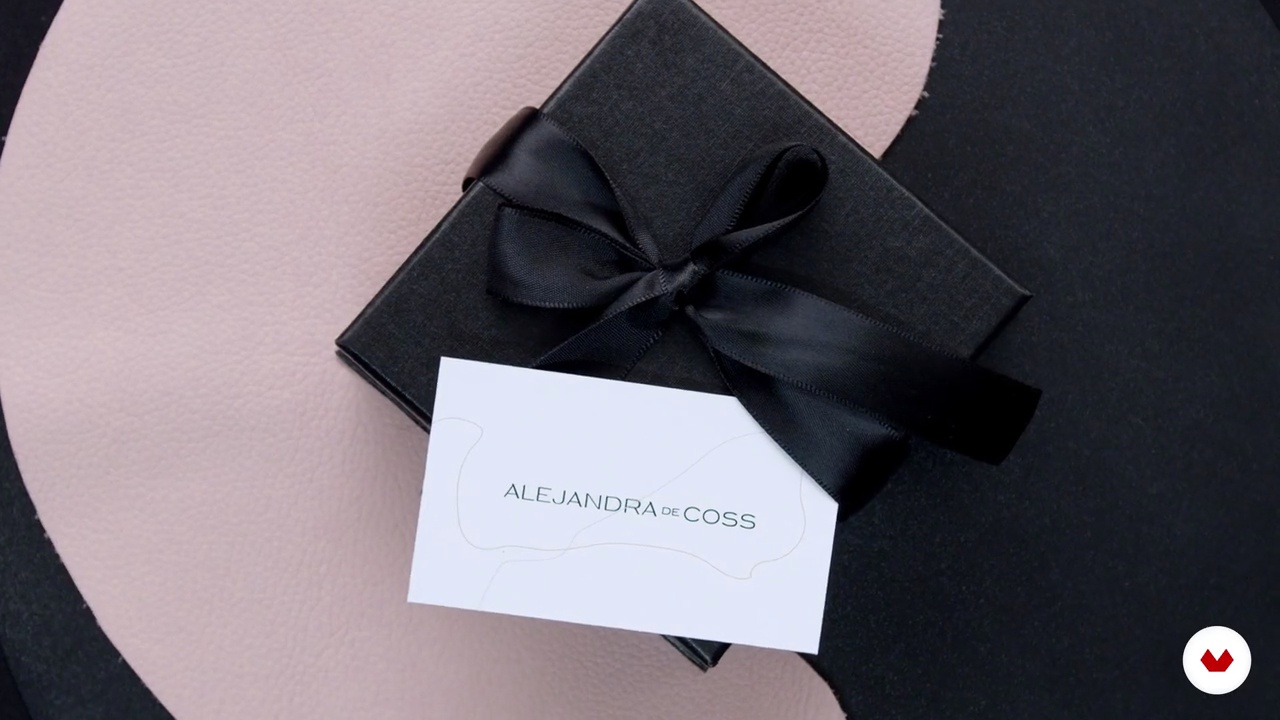
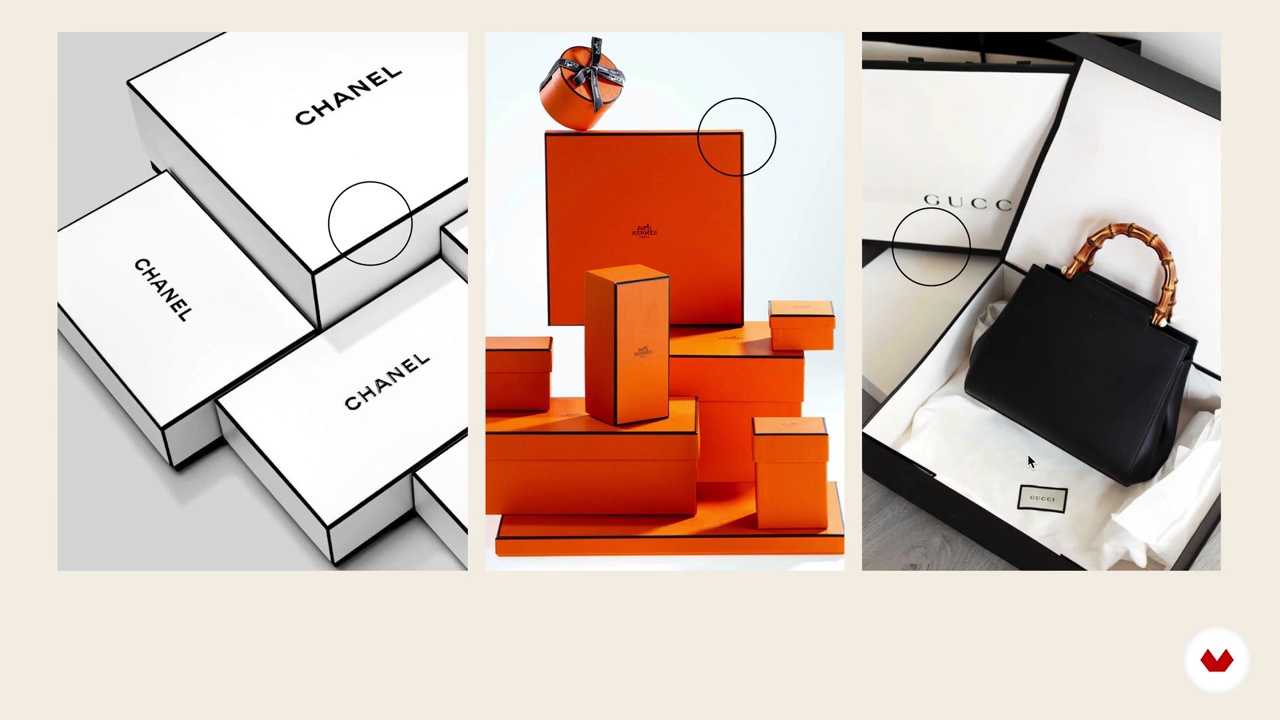
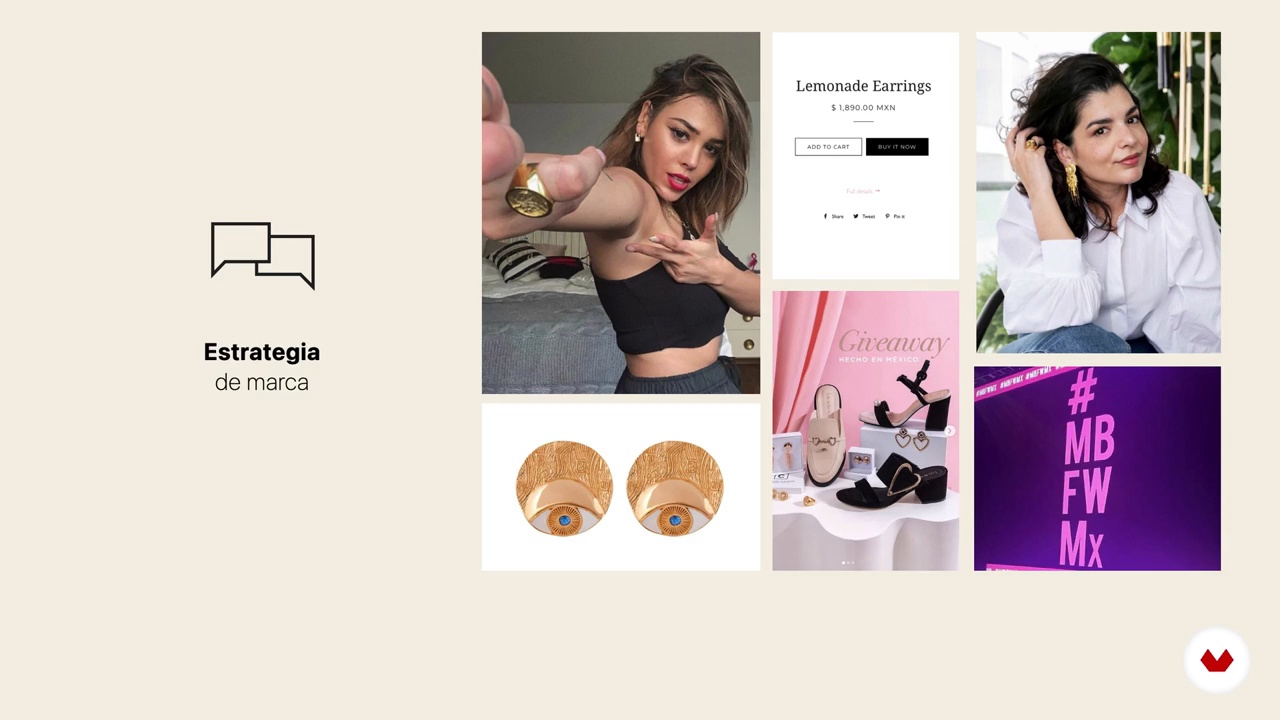
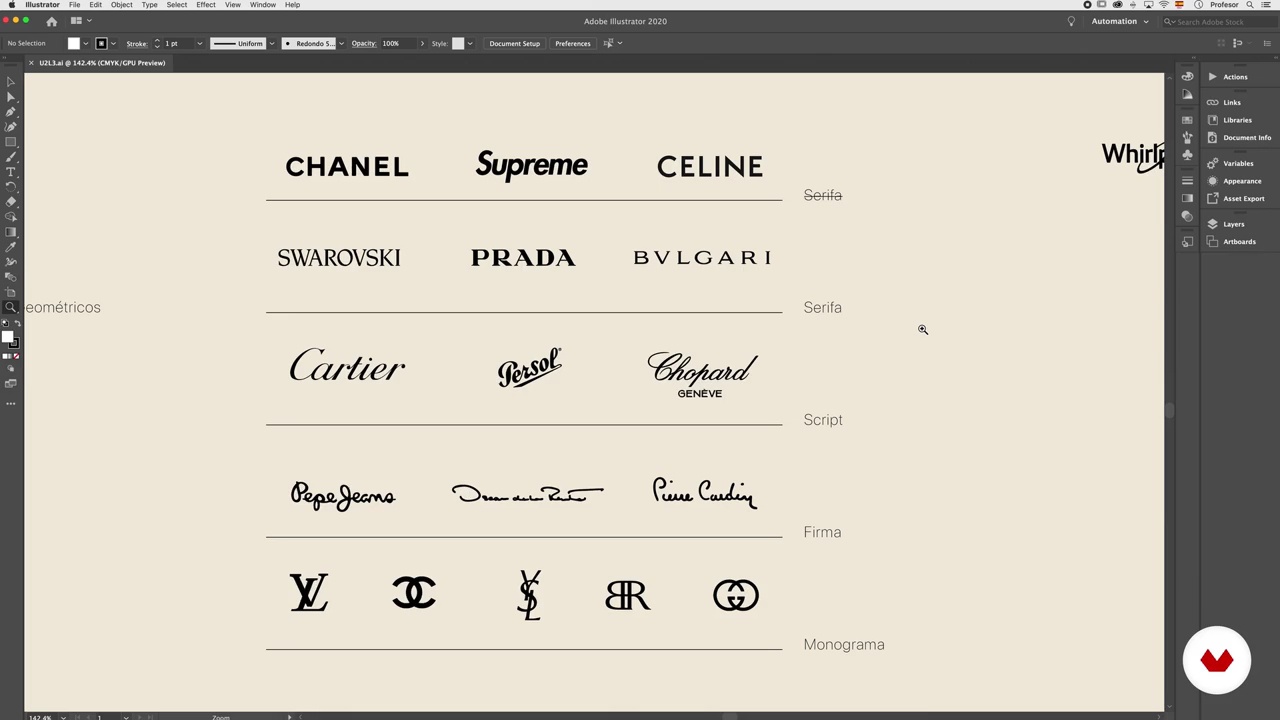
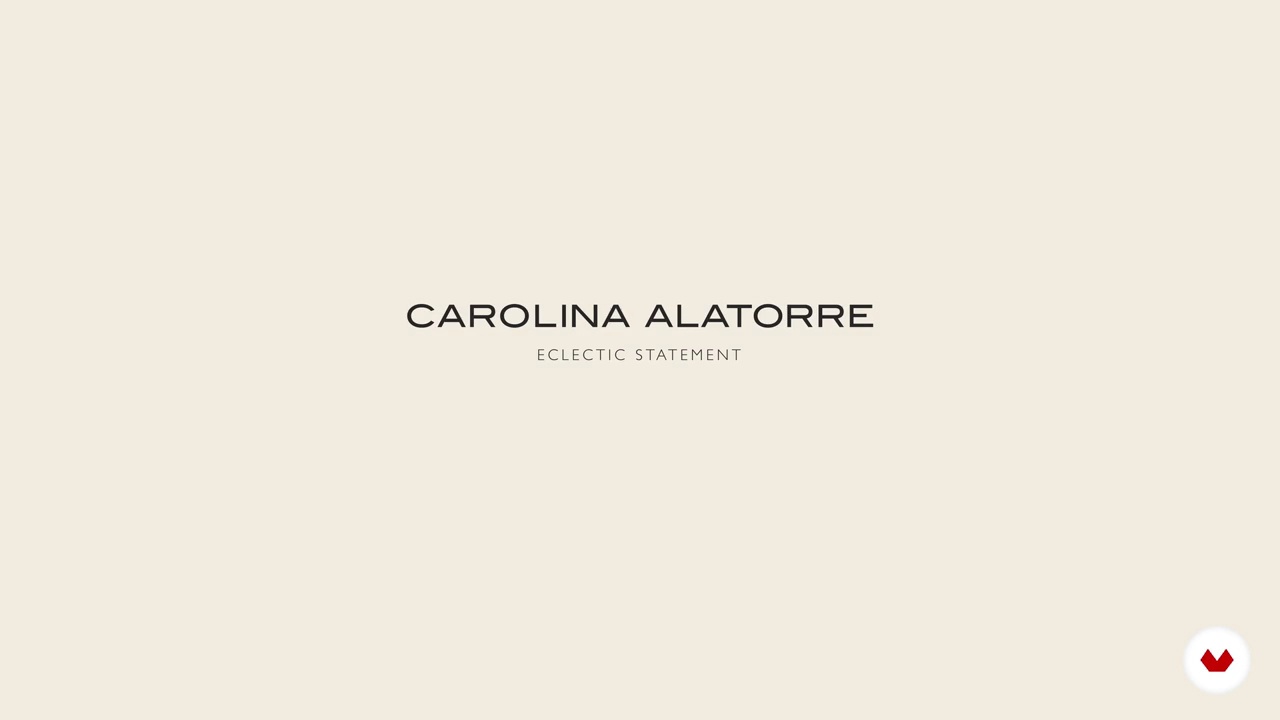
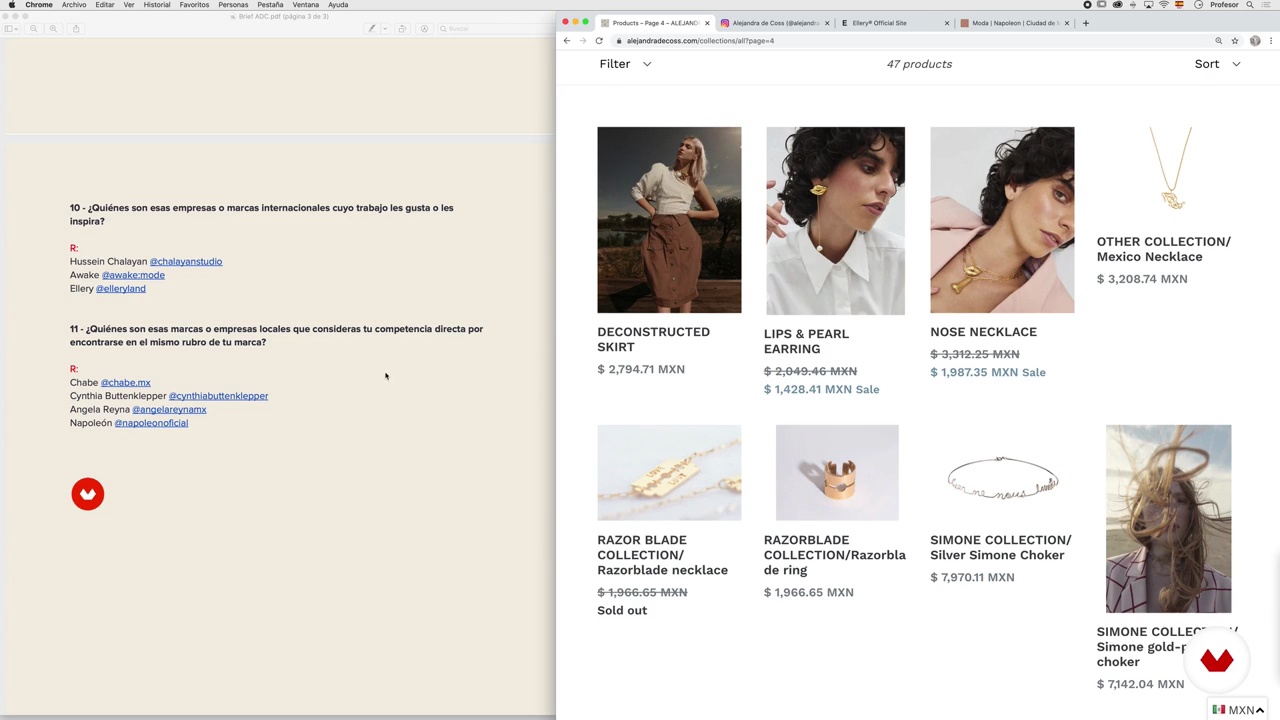

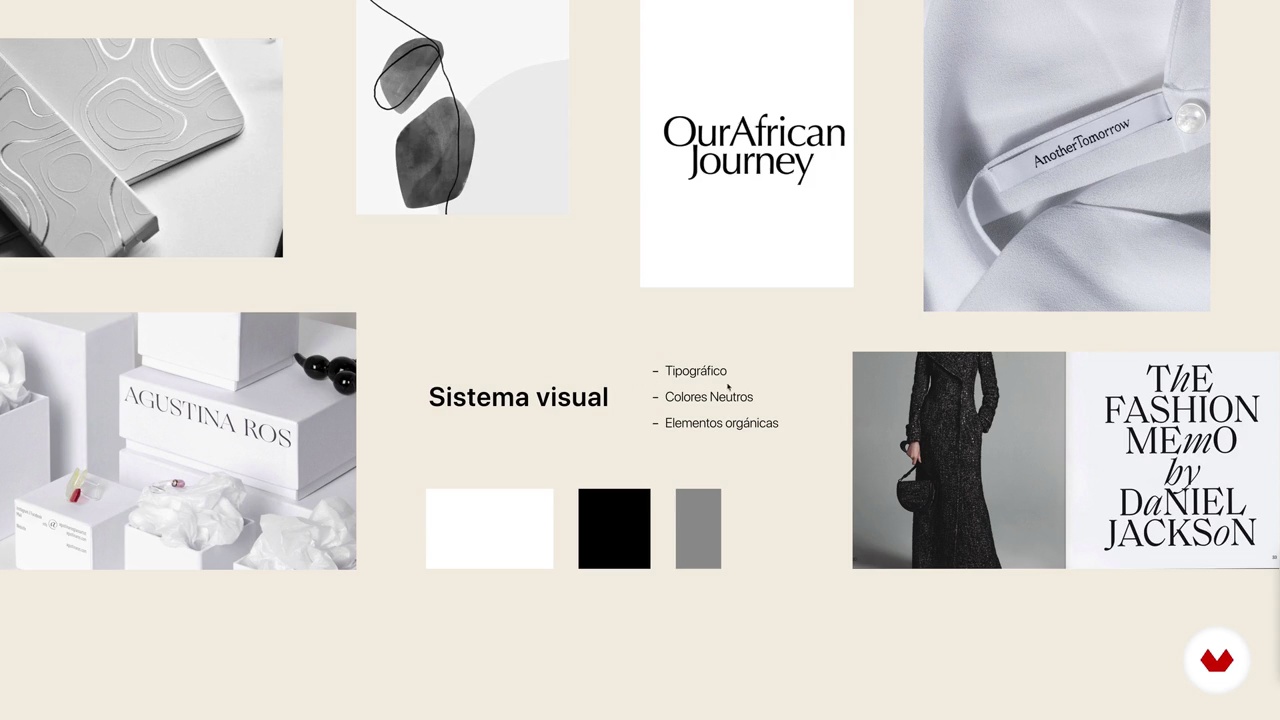
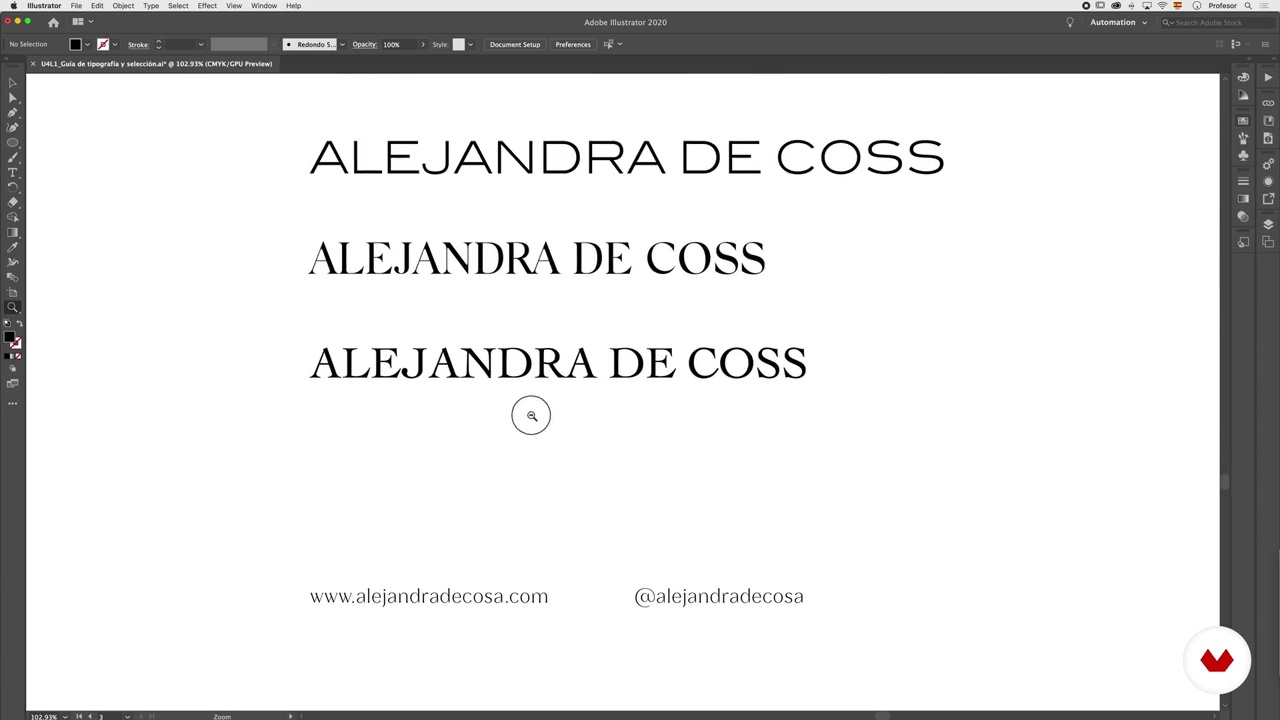
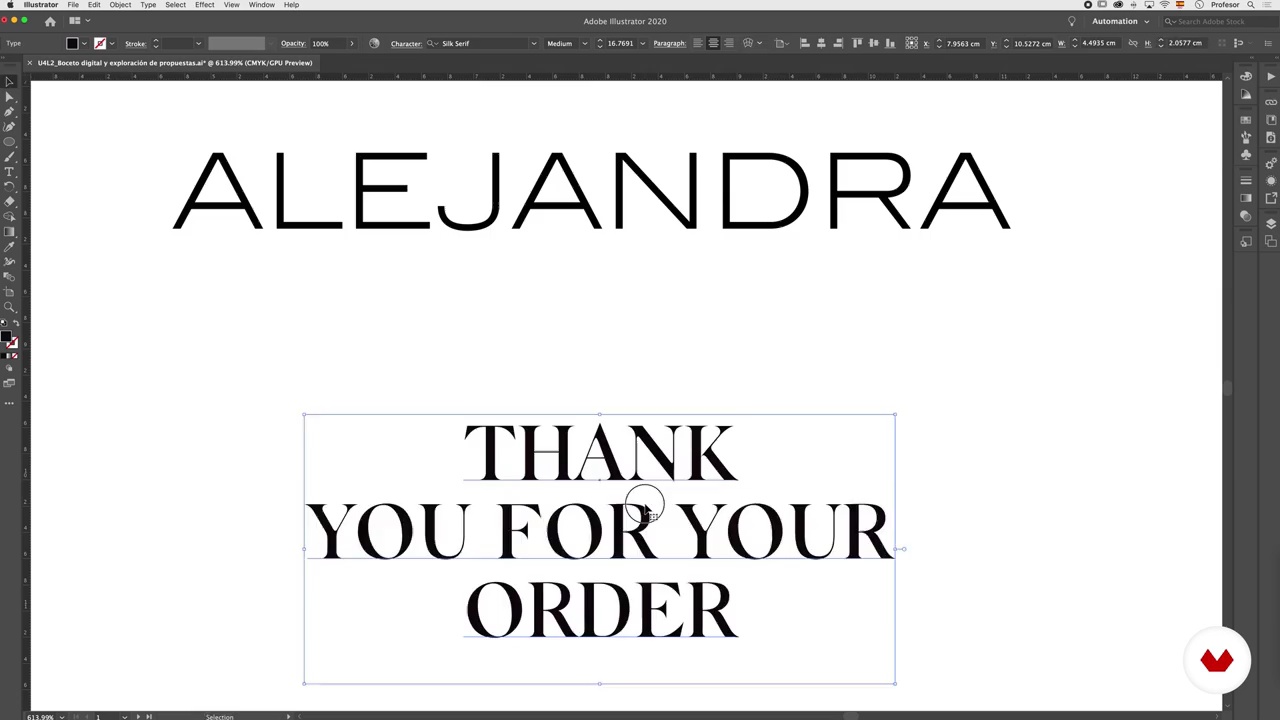
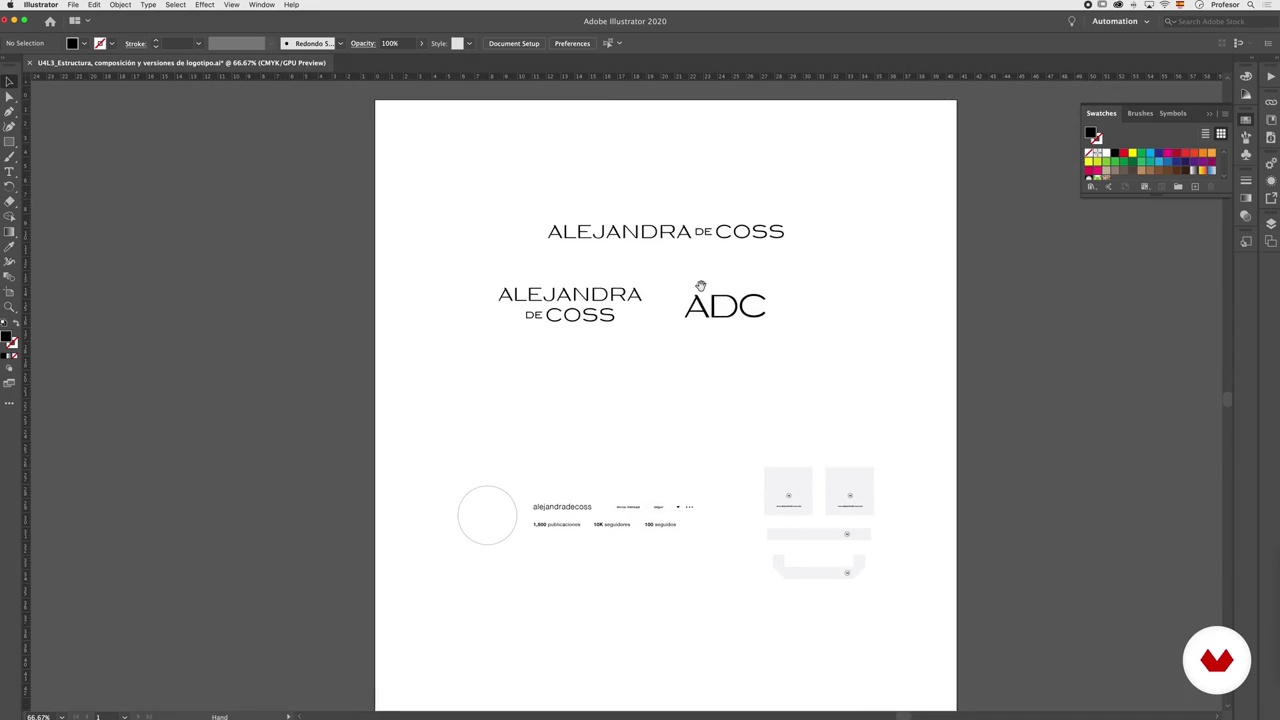
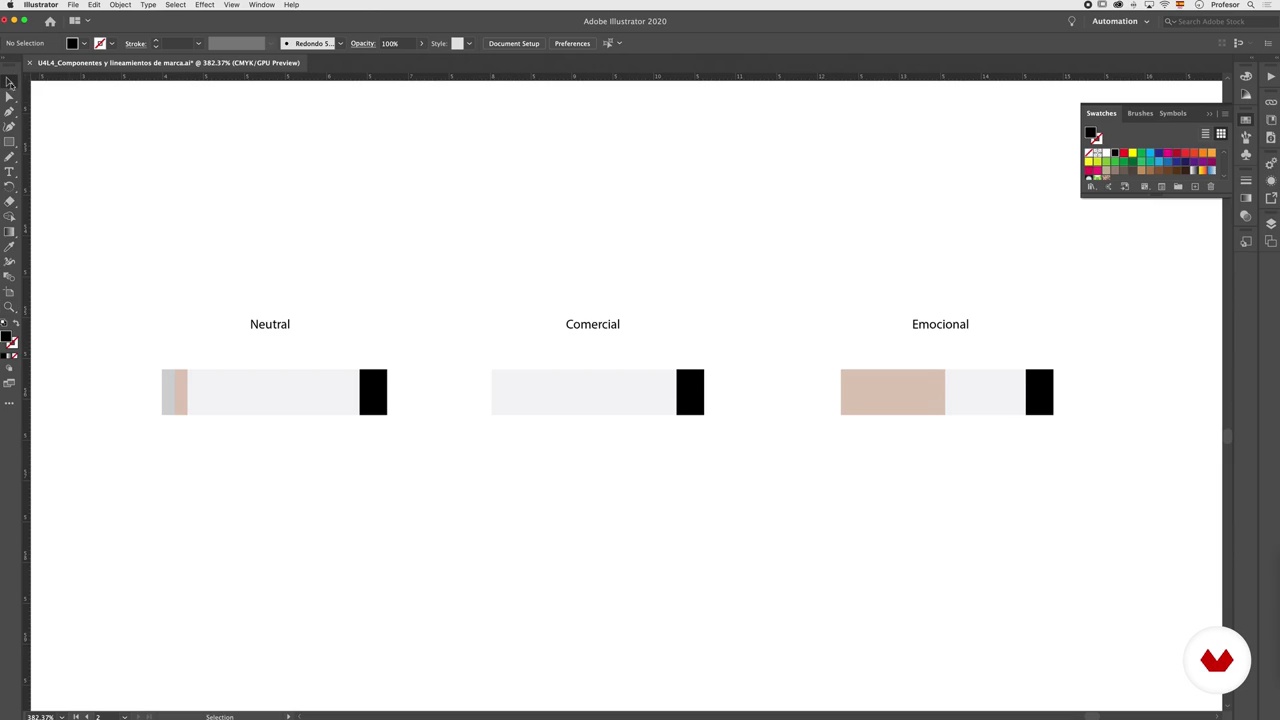

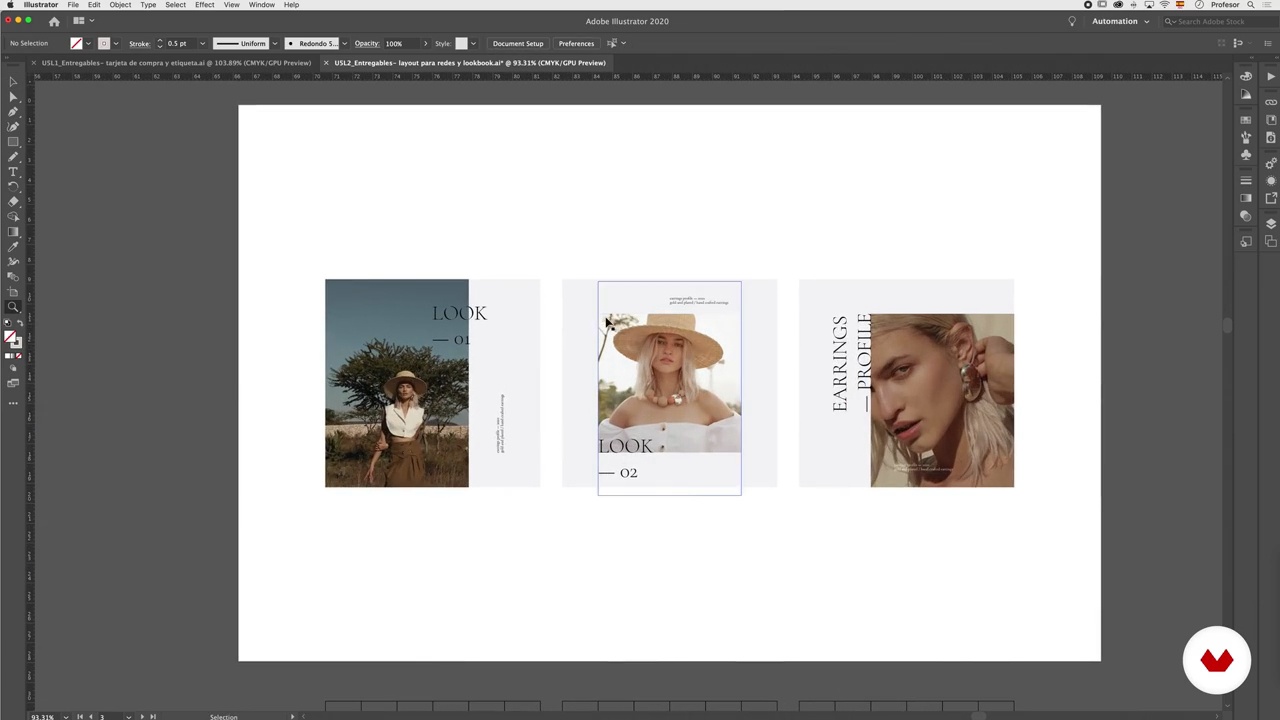
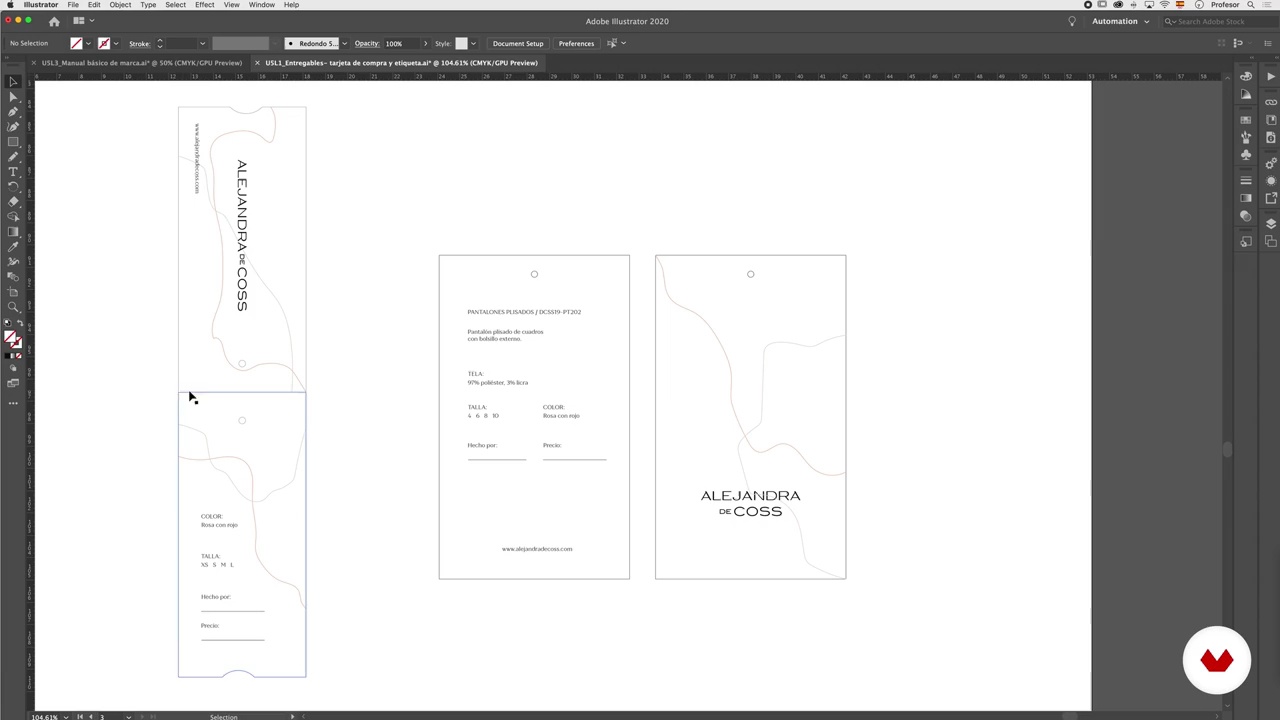

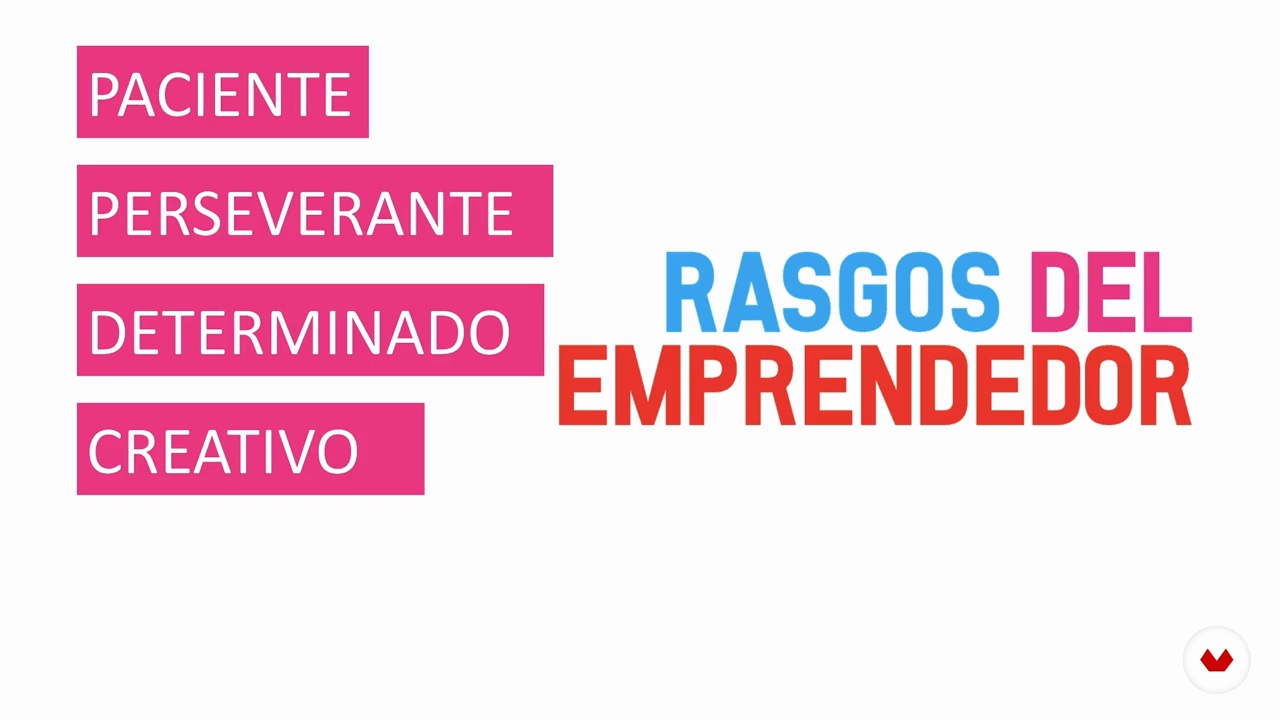
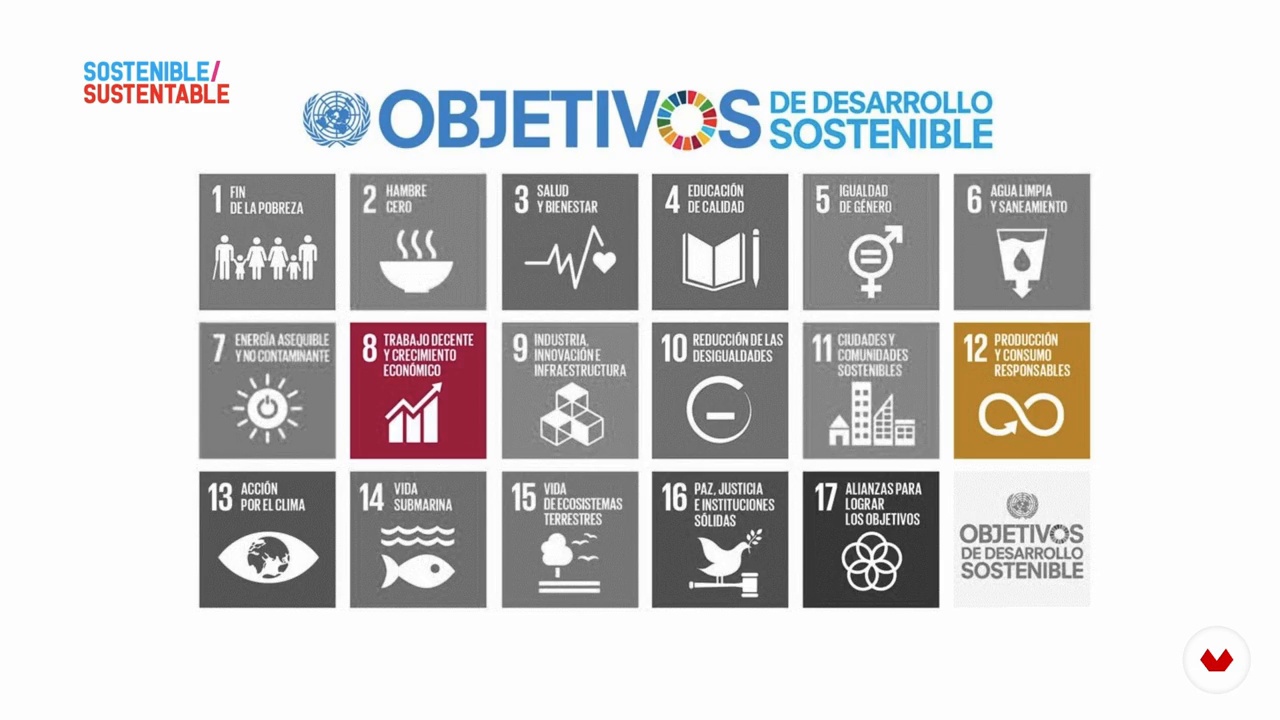
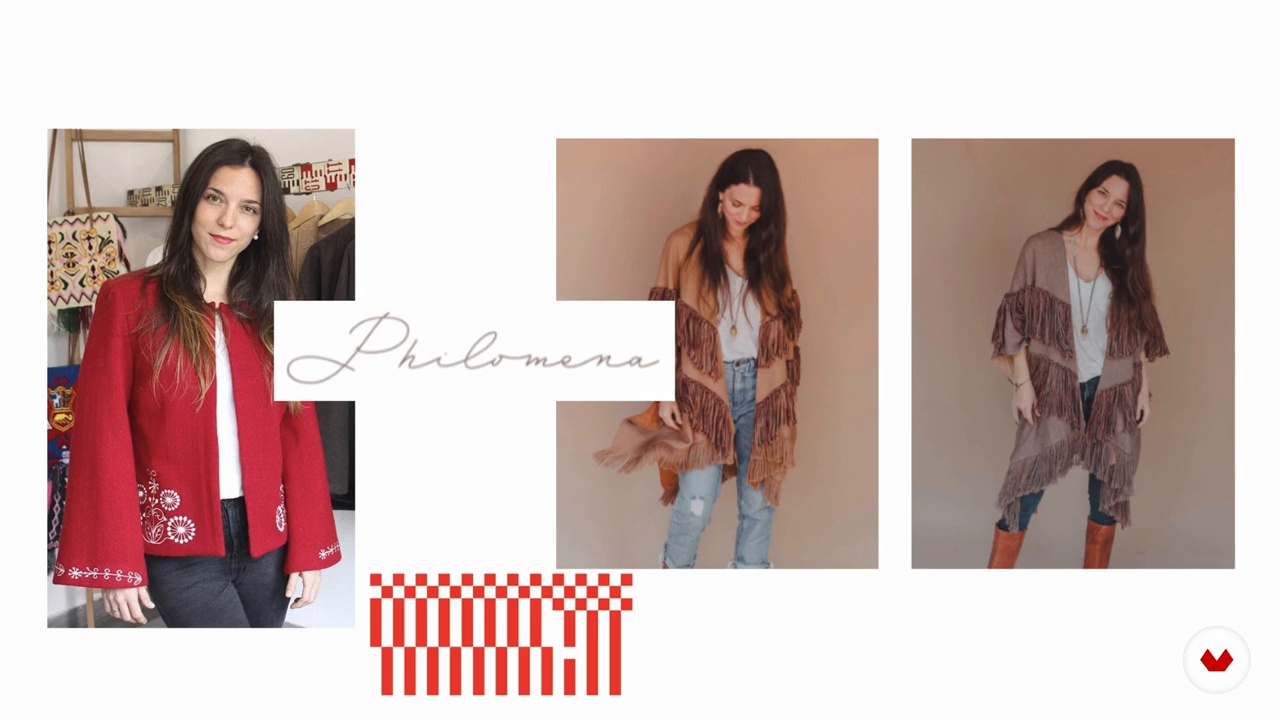
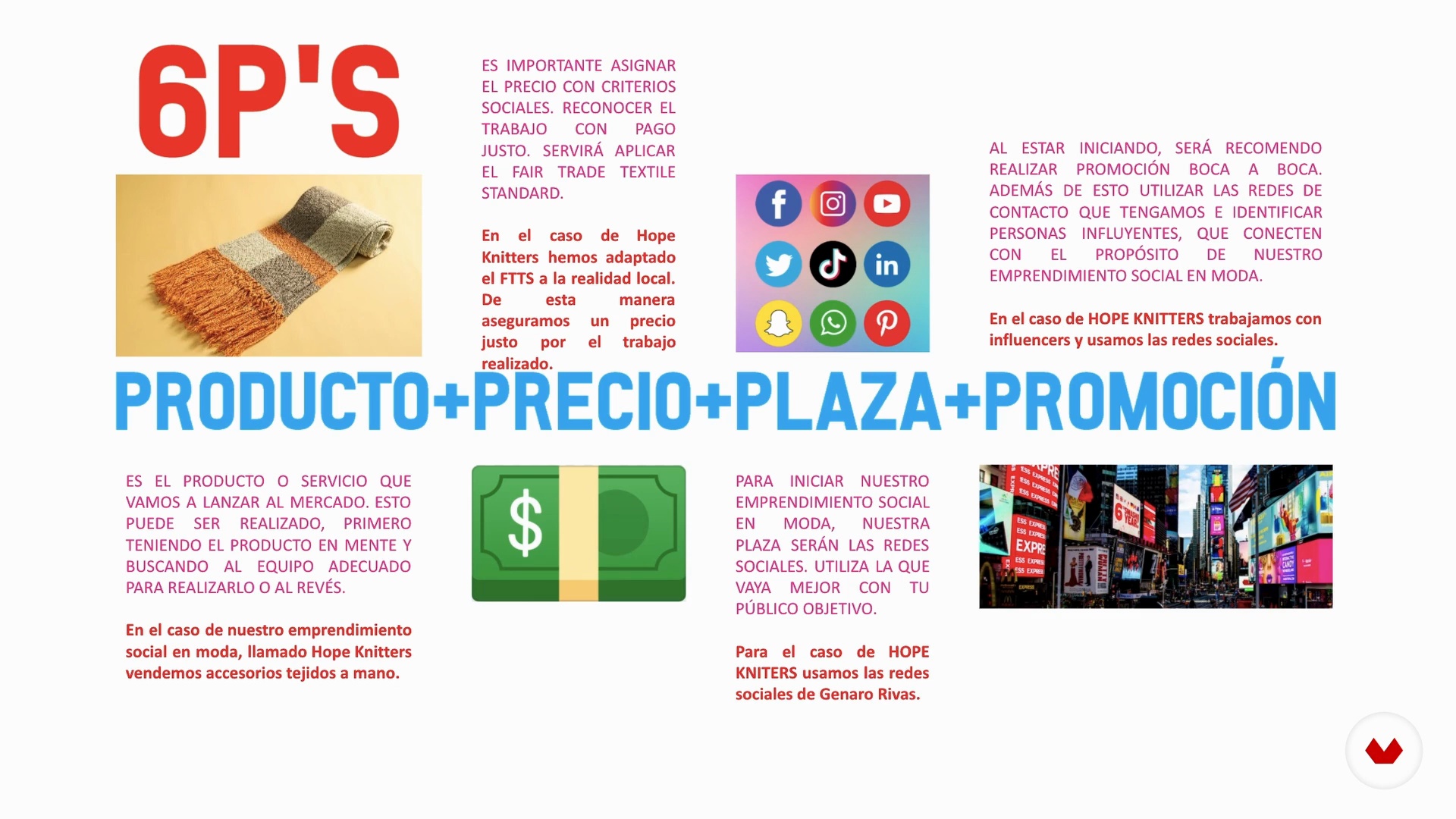
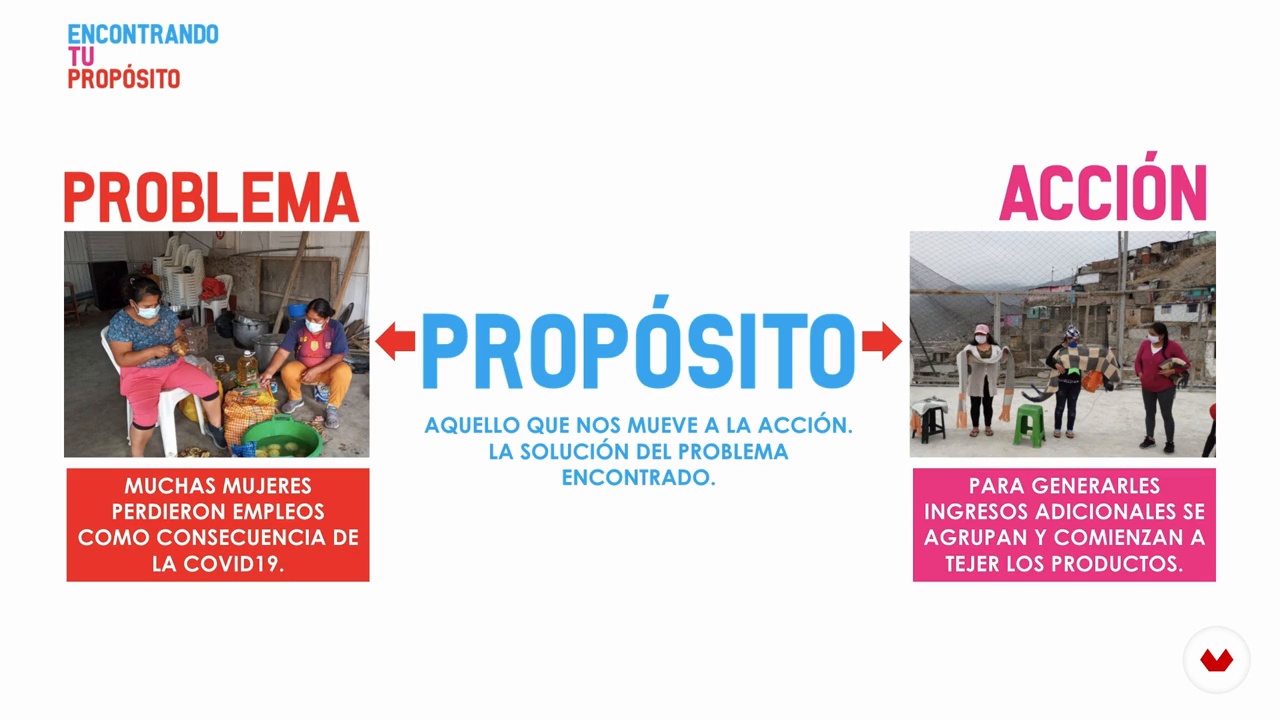
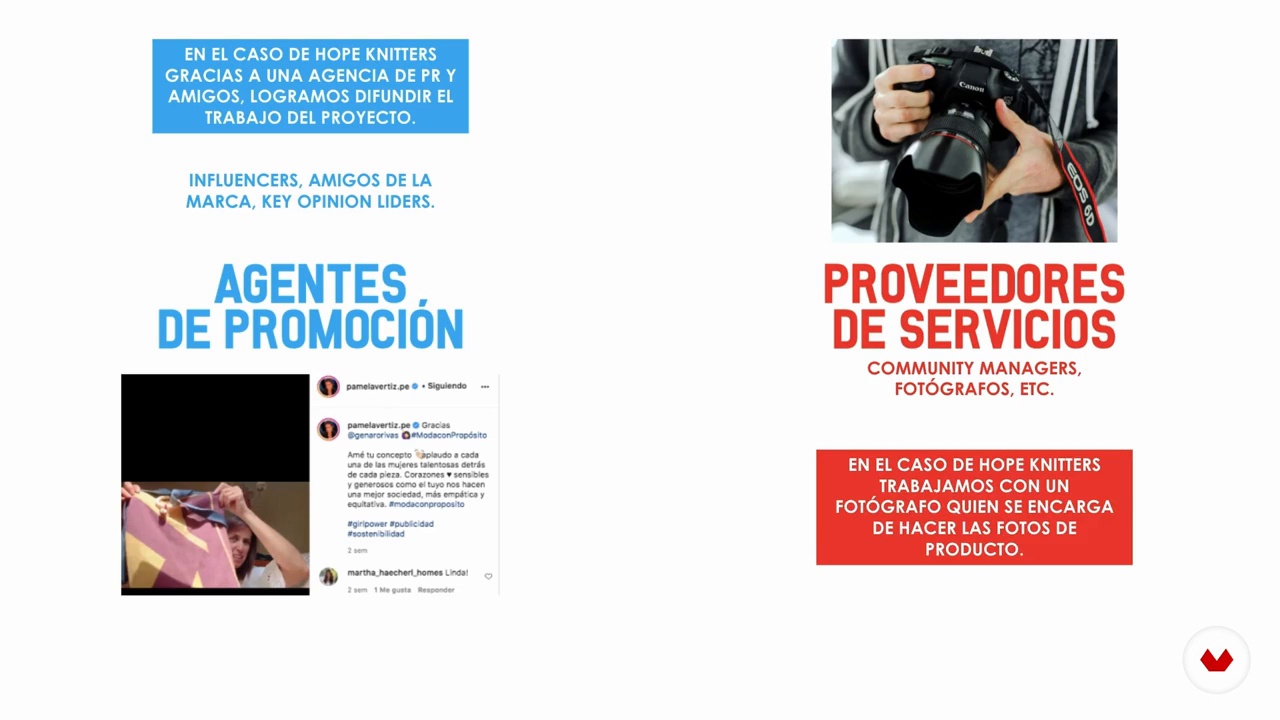
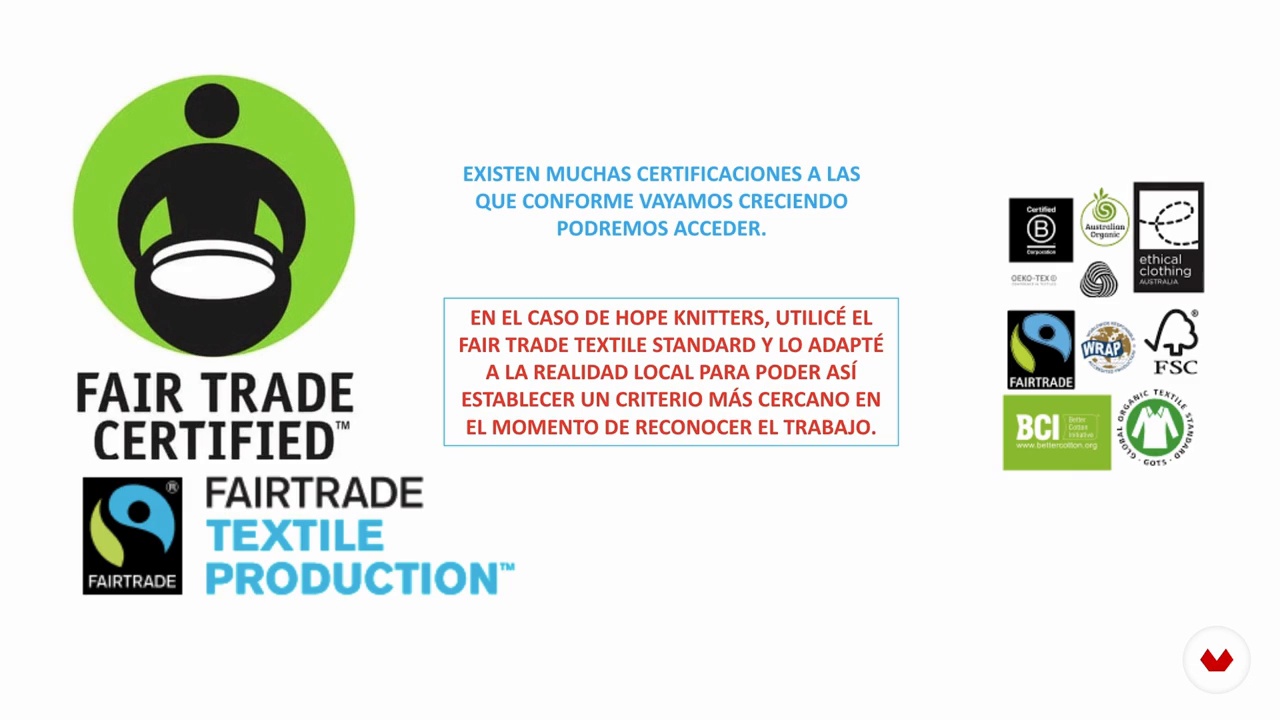
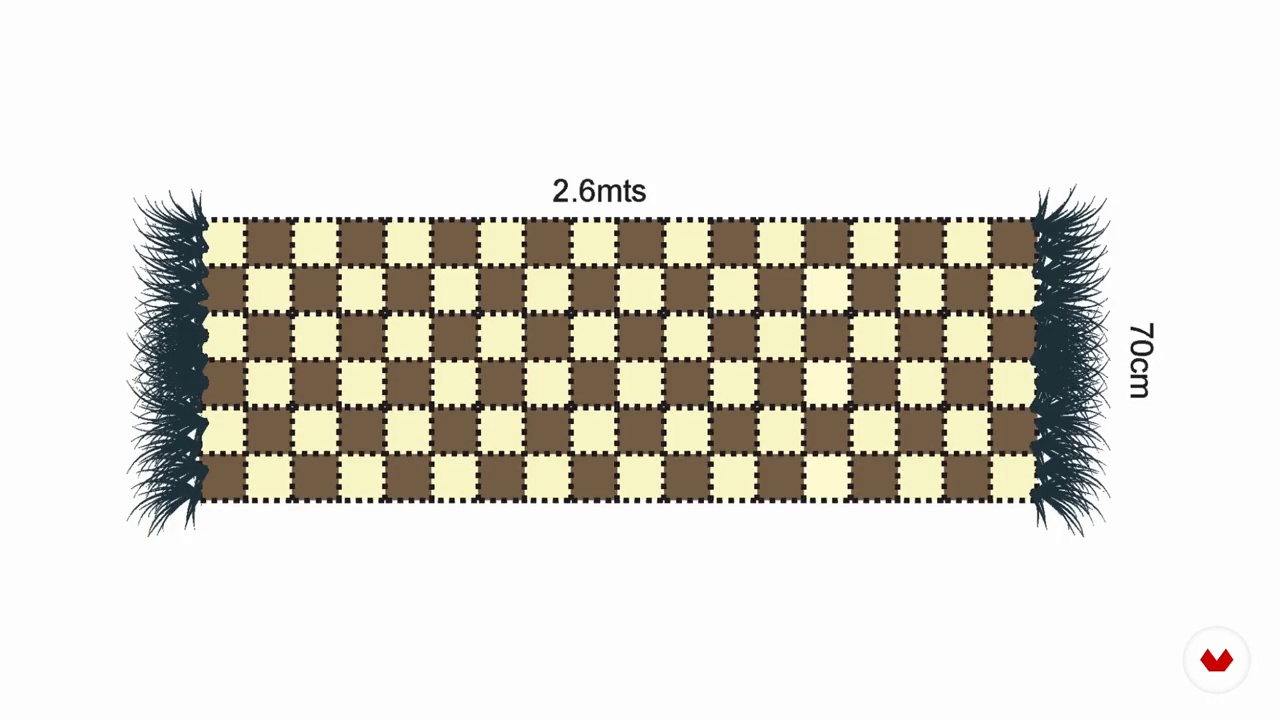
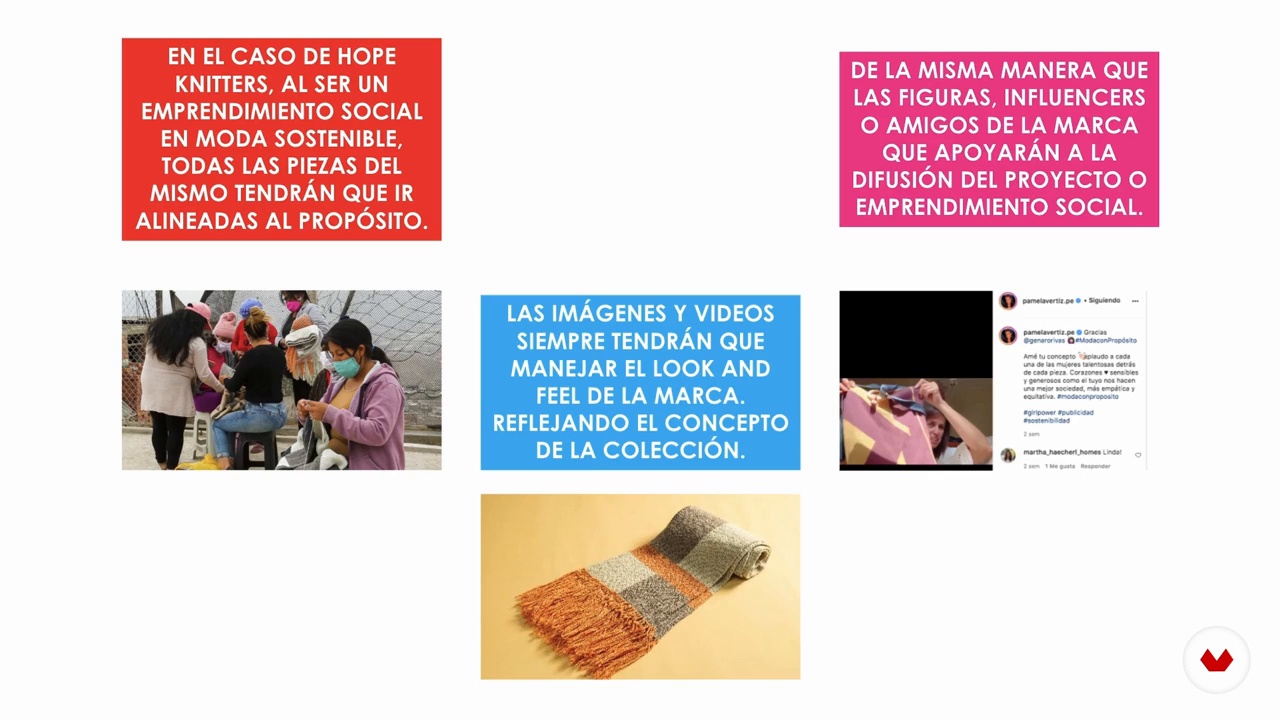
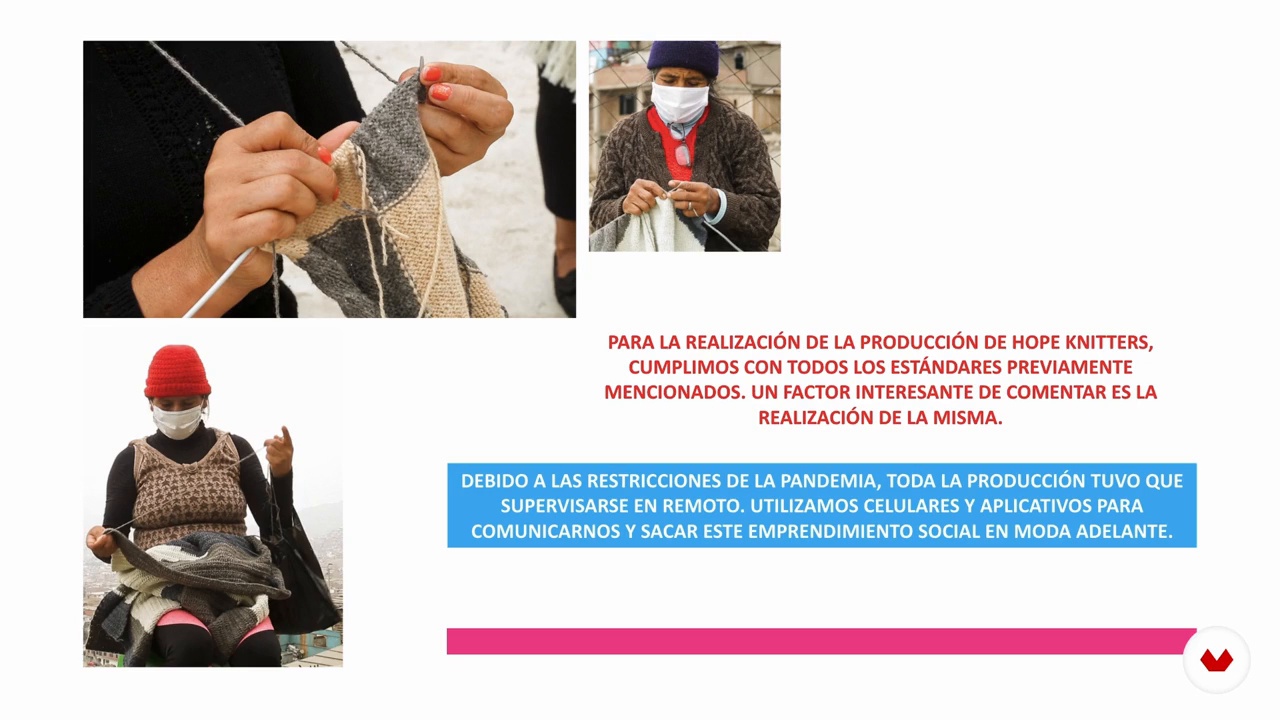
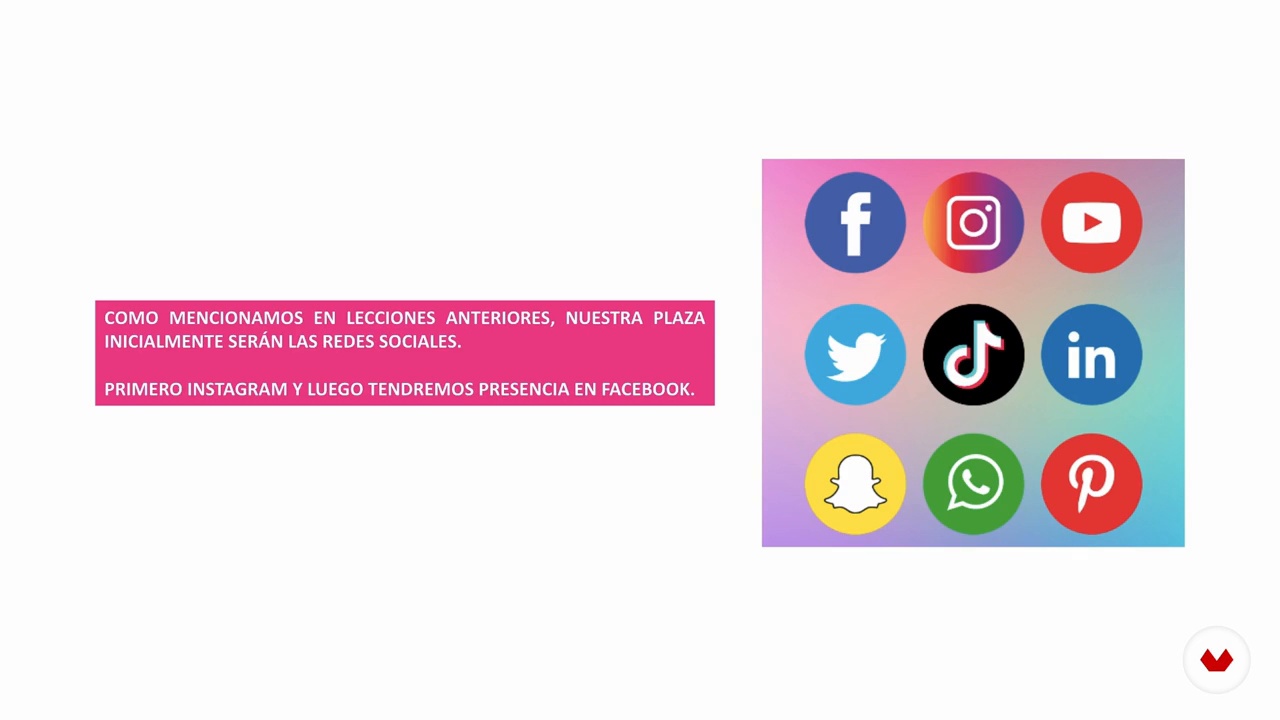
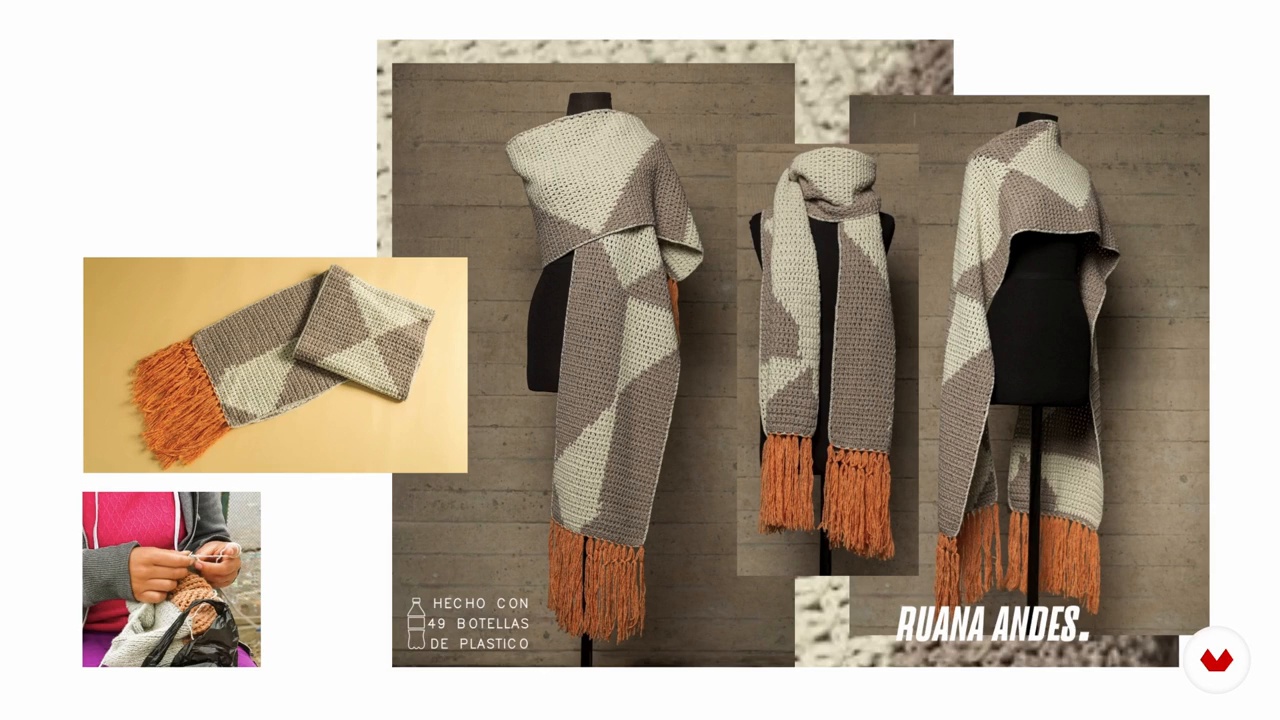
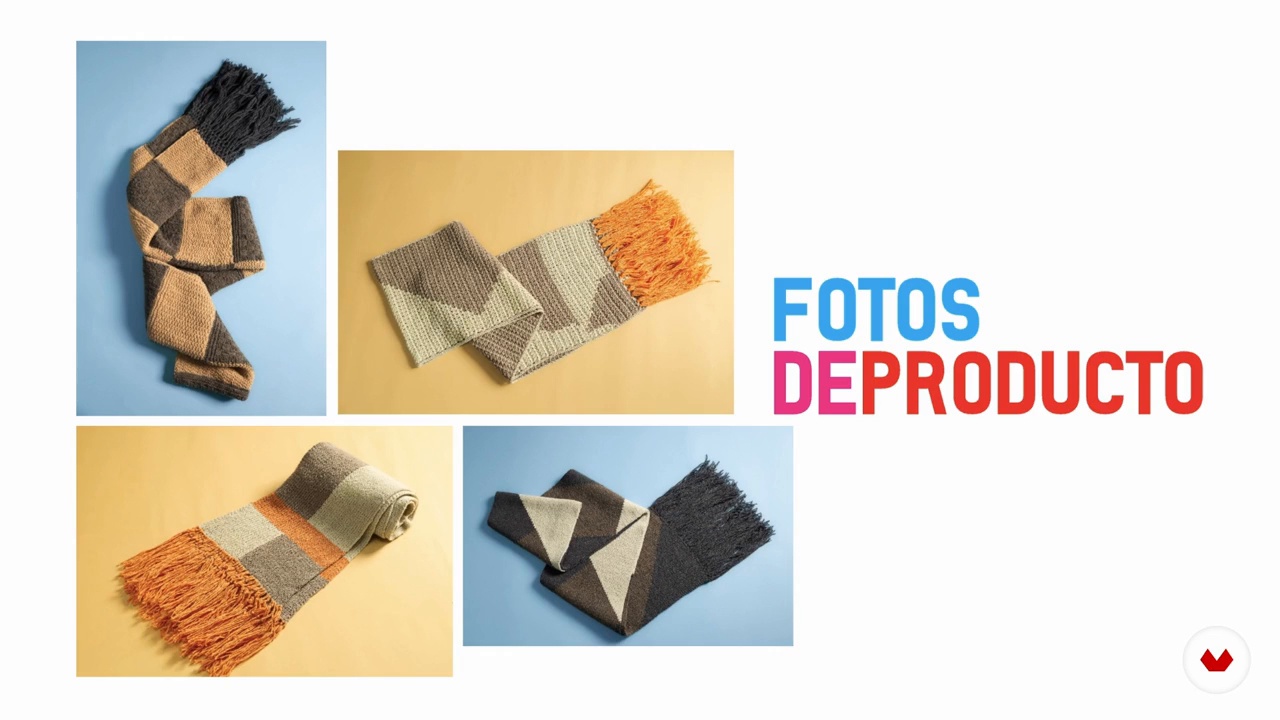

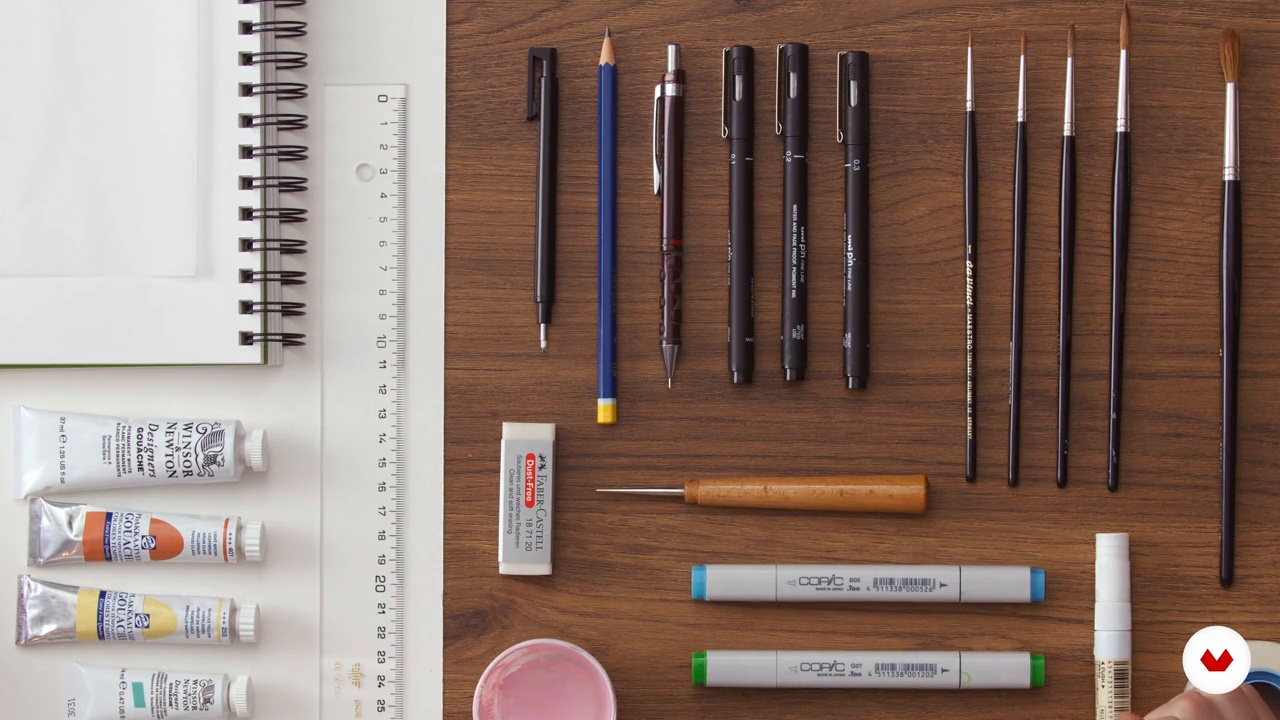

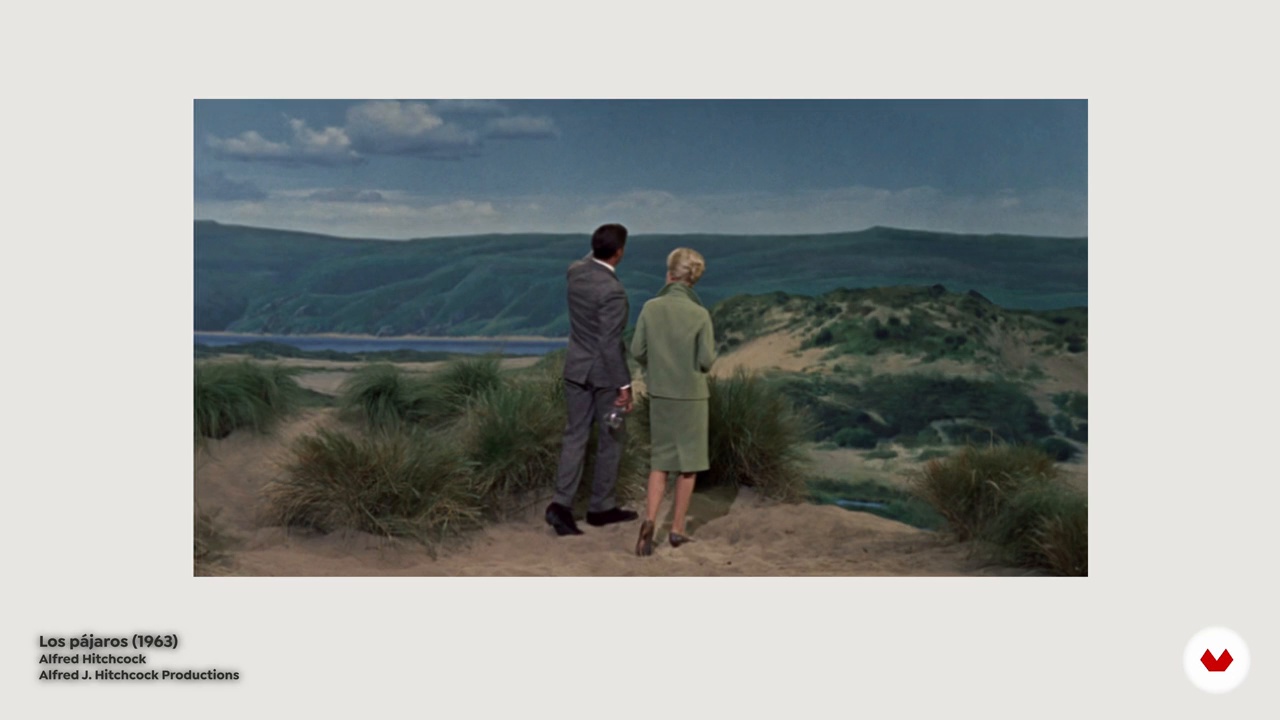
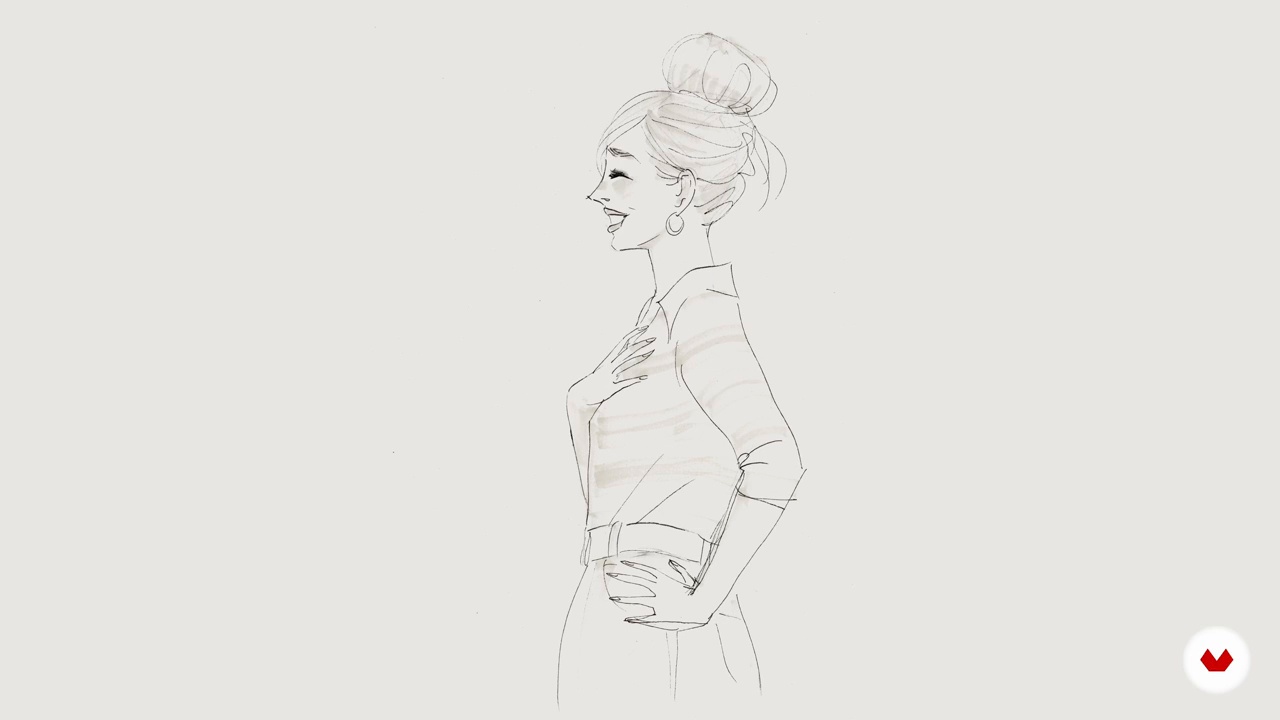
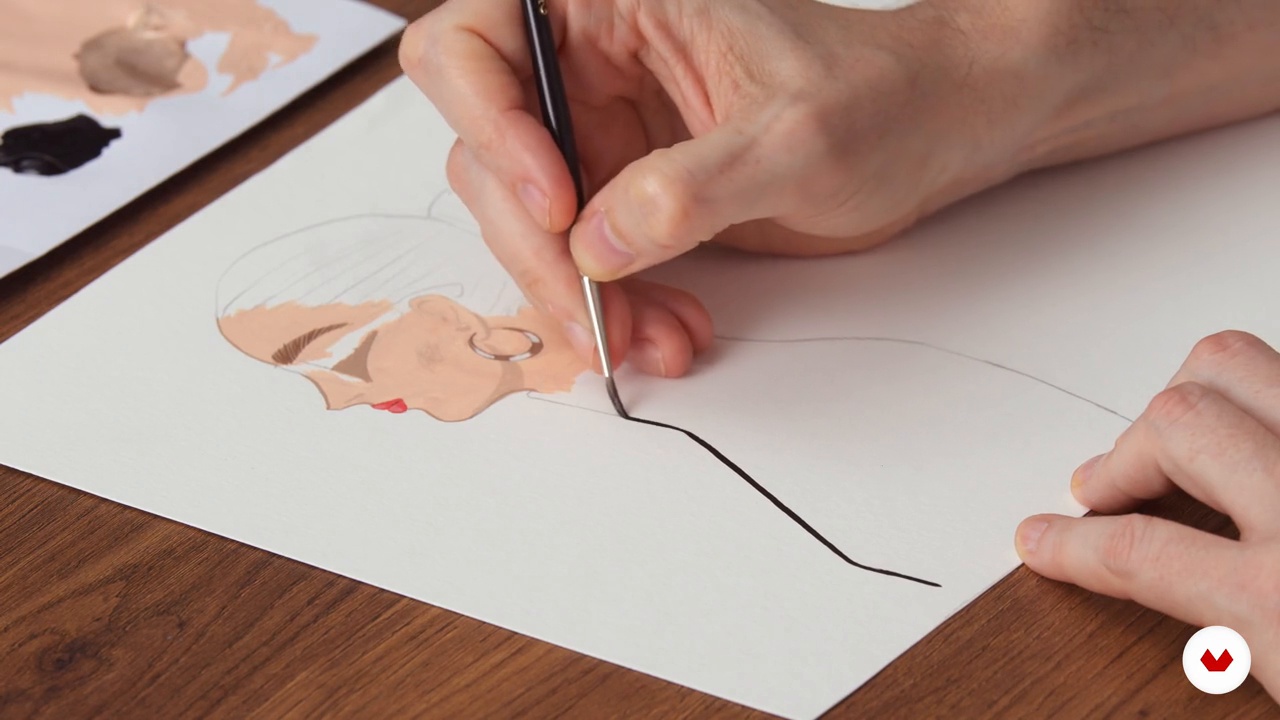
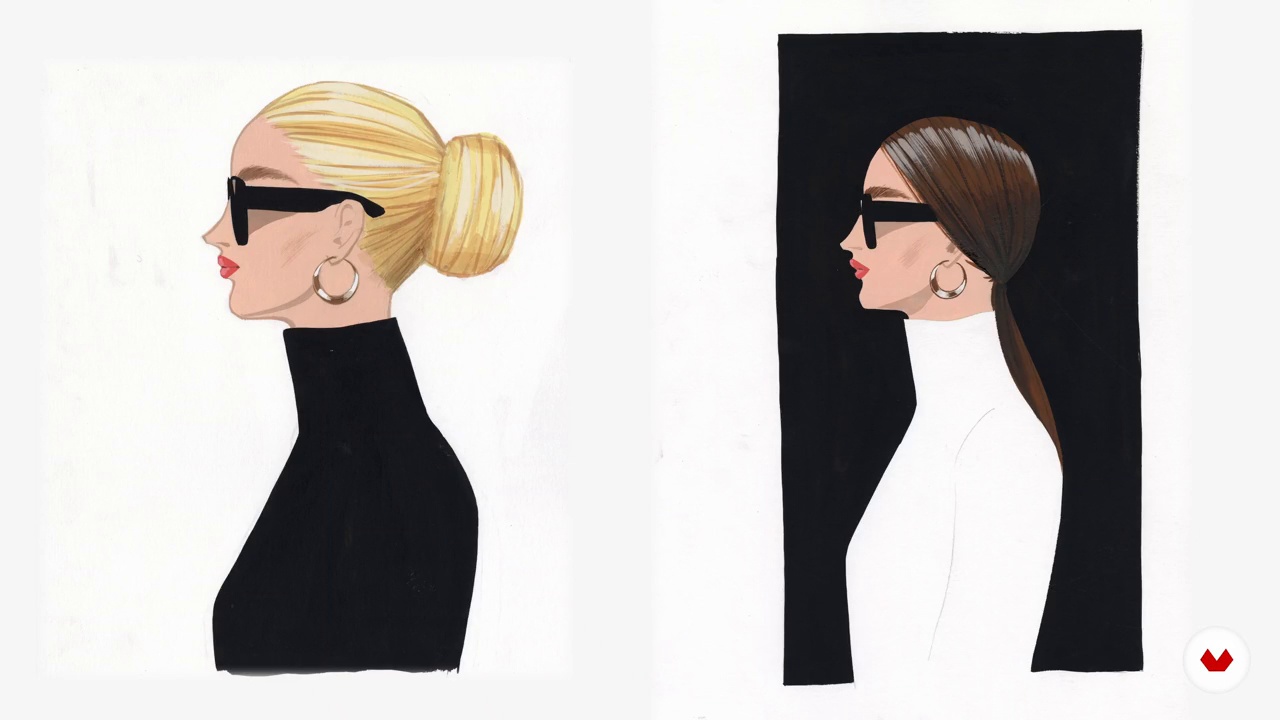
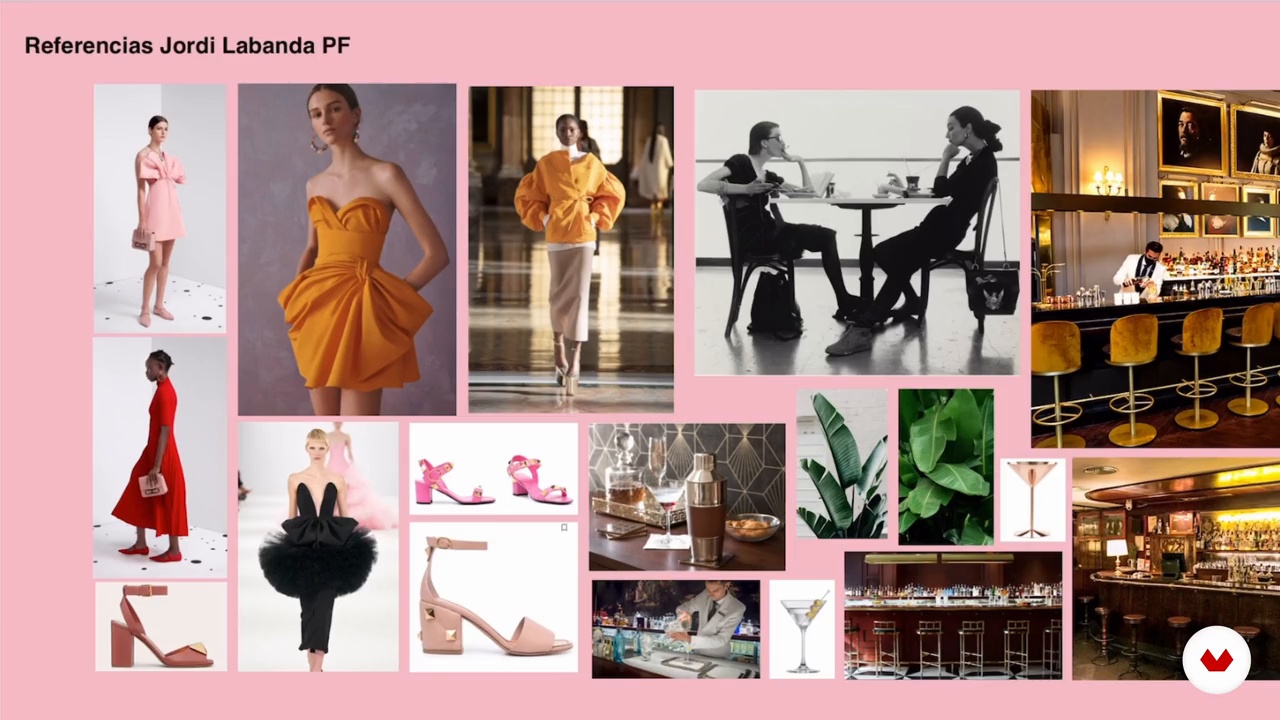
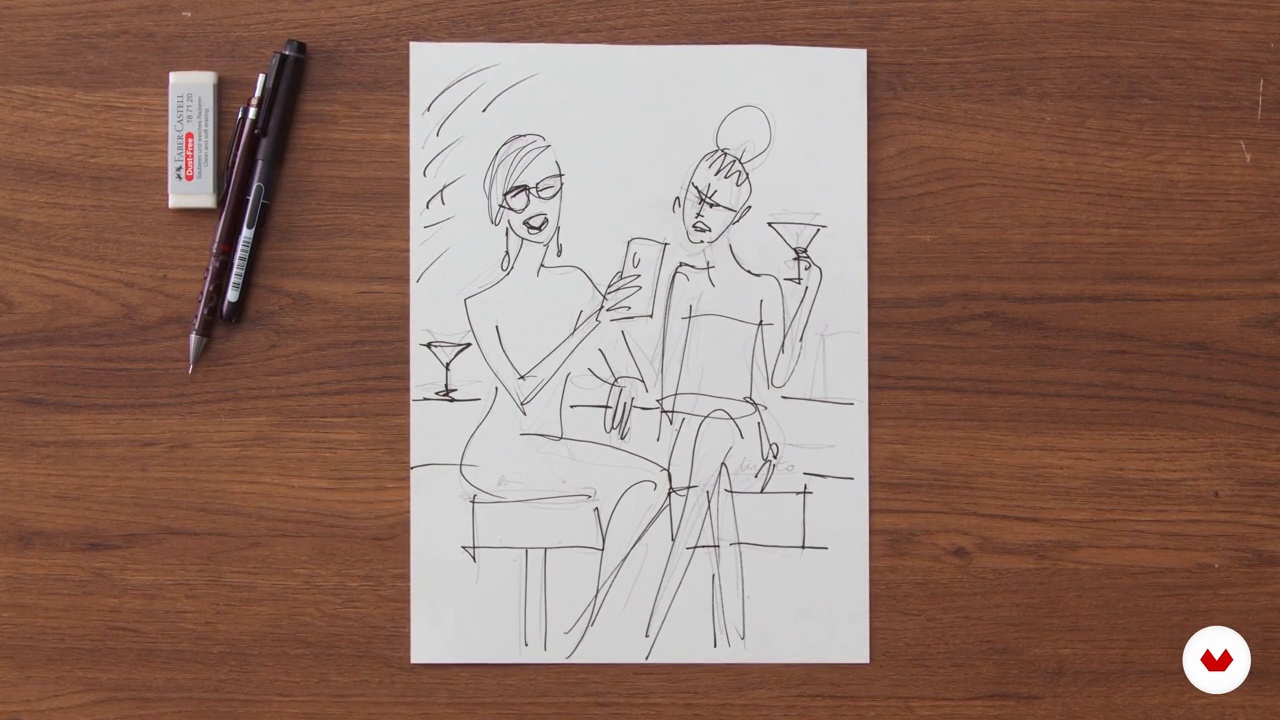
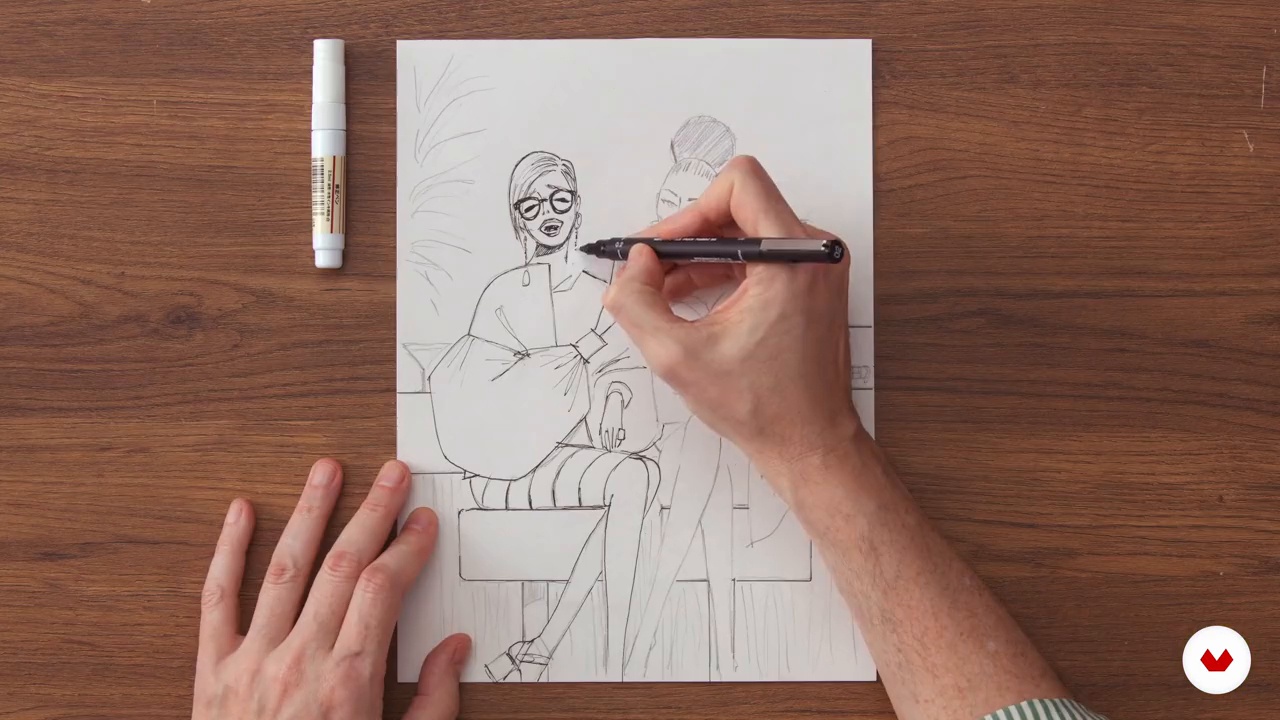
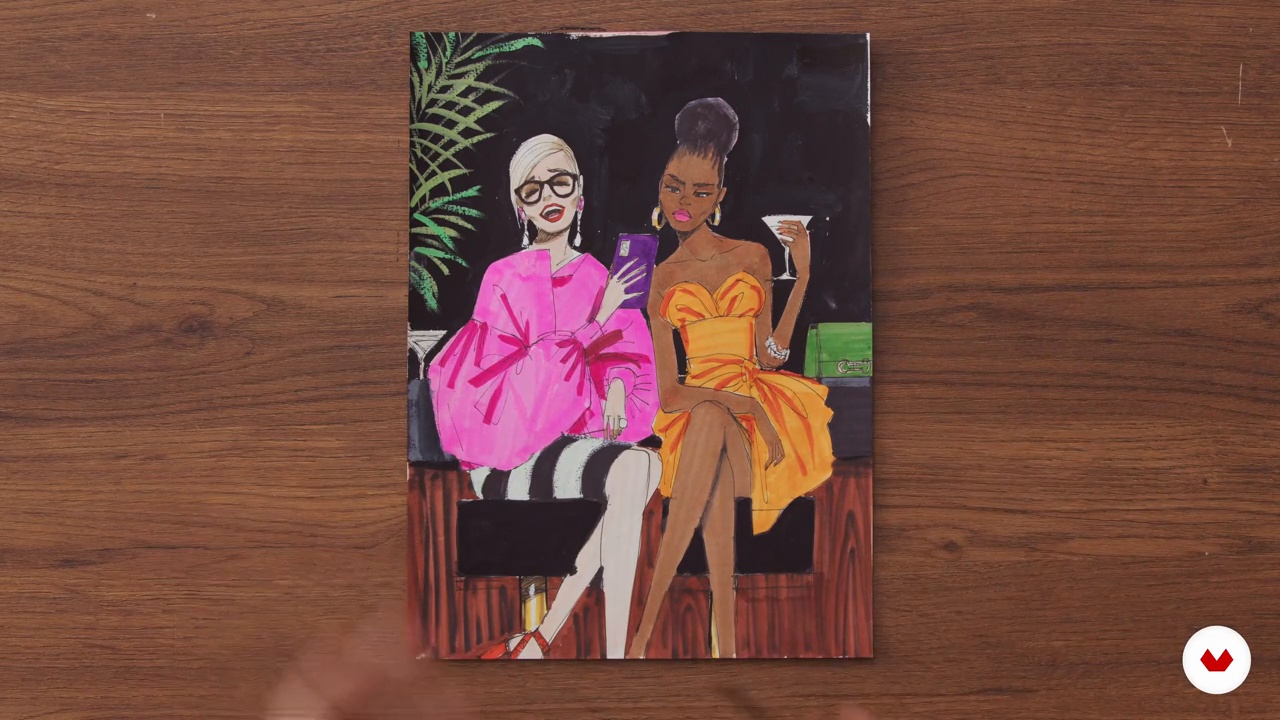
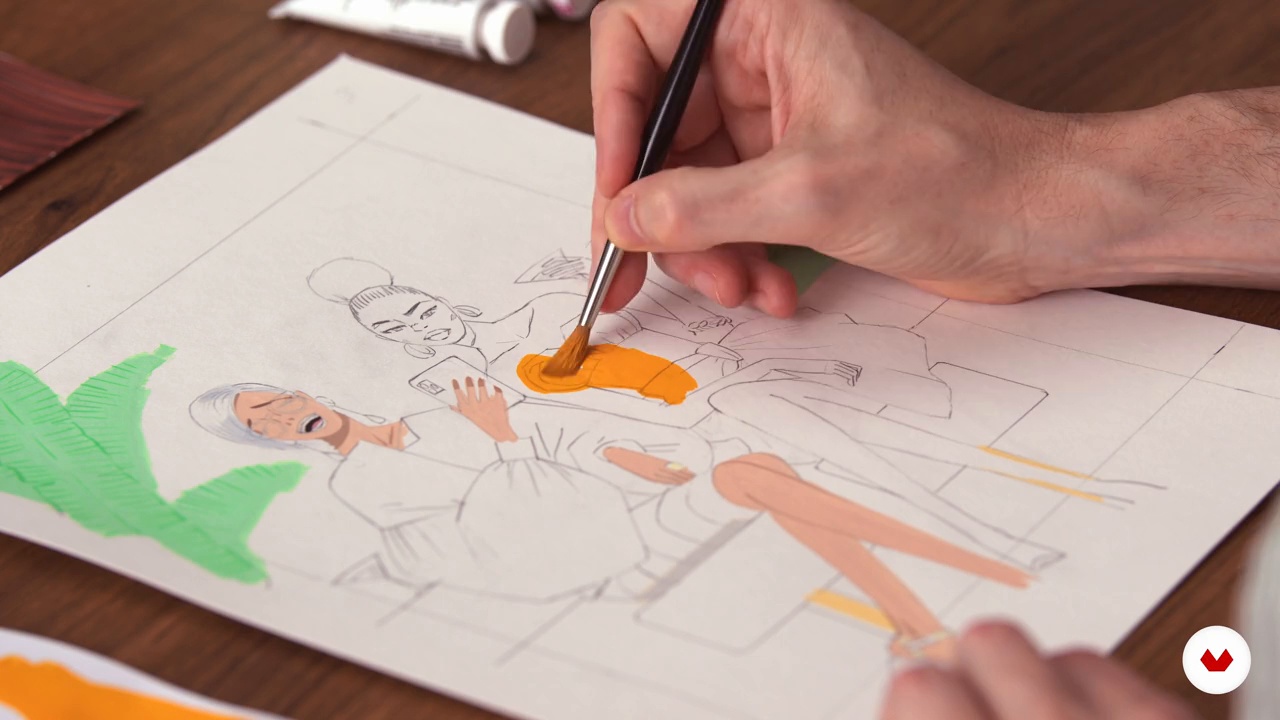
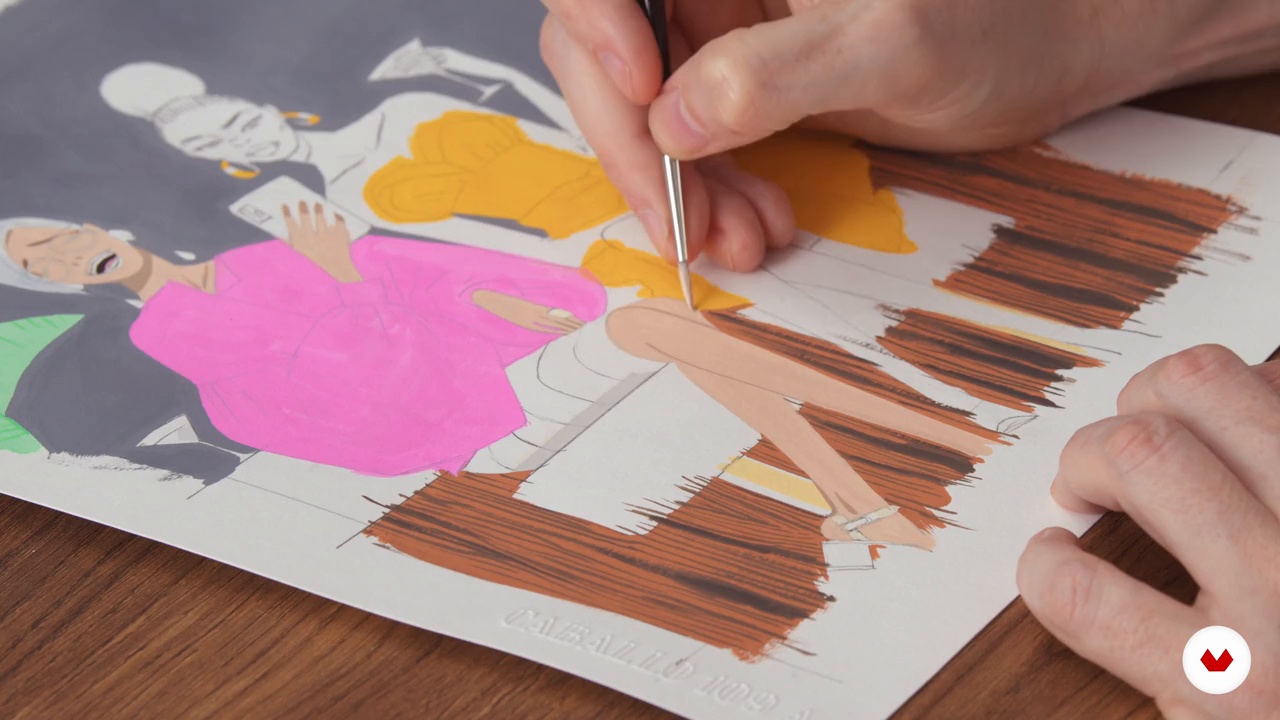
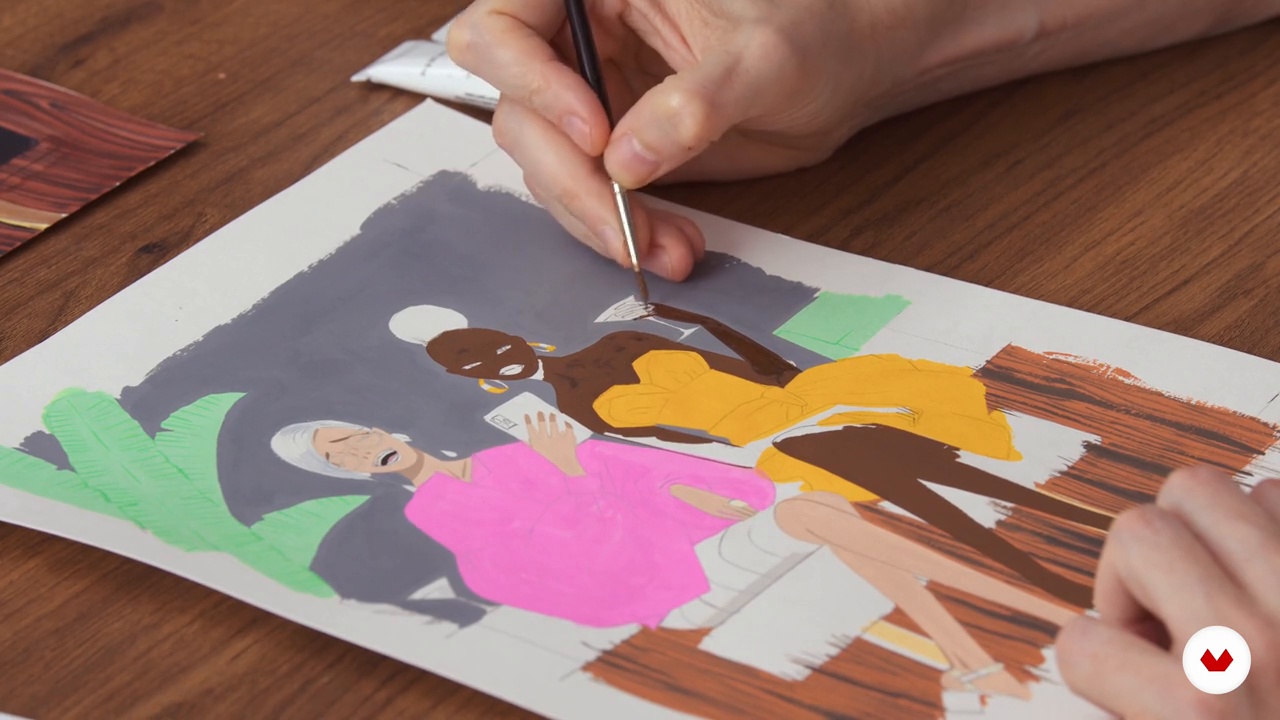
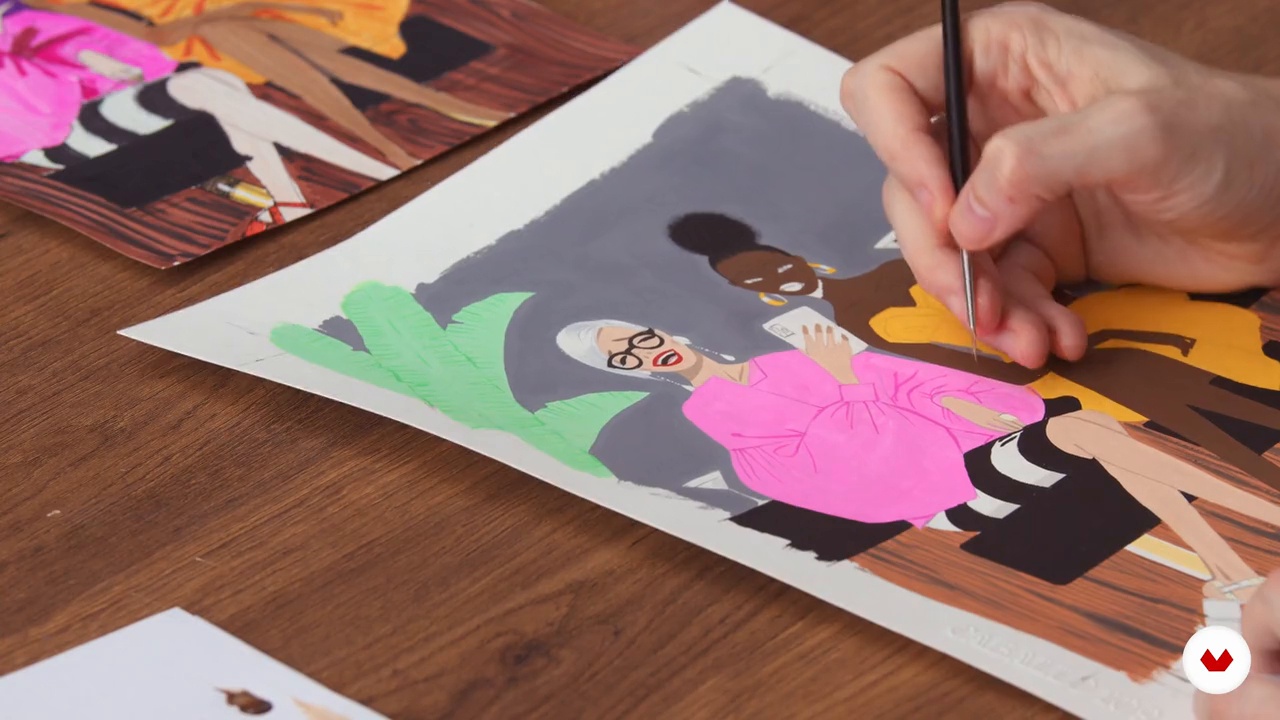
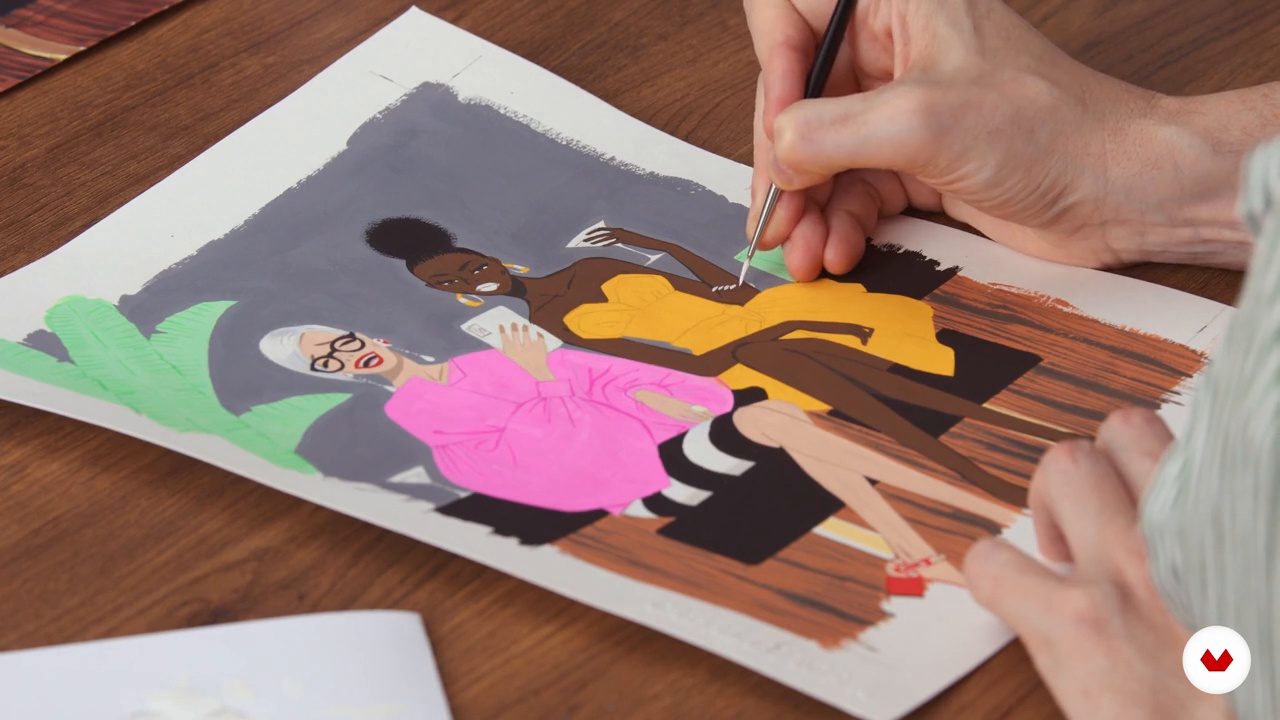
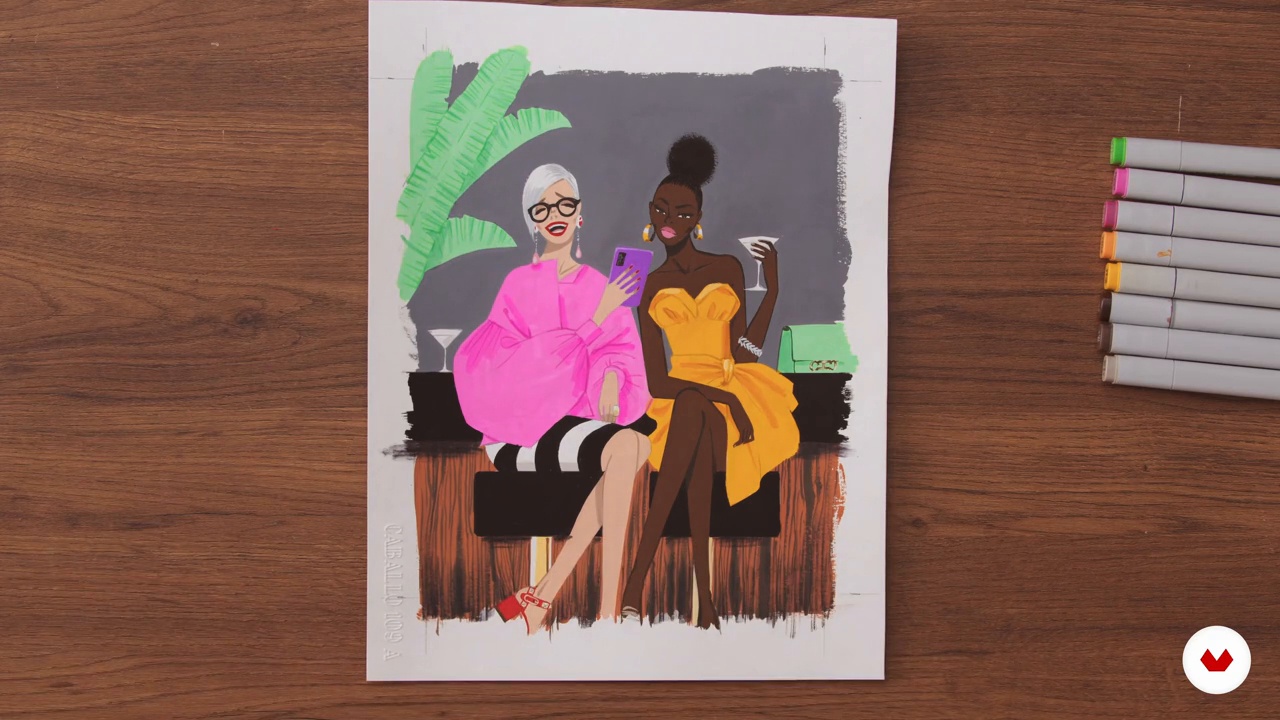
- 100% positive reviews (3)
- 538 students
- 77 lessons (10h 19m)
- 65 additional resources (26 files)
- Online and at your own pace
- Audio: Spanish, English
- Spanish · English · Portuguese · German · French · Italian · Polish · Dutch
- Level: Beginner
- Unlimited access forever
What is this course's project?
You will develop a mini fashion collection that includes concepts, mood boards, fabric selection, and sketches. You will reflect your unique design perspective and demonstrate an understanding of the process from initial idea to final presentation.
Who is this specialization for?
Fashion enthusiasts who want to start their own brand and learn about design, branding, and social entrepreneurship. Ideal for those looking to transform creative ideas into sustainable collections, develop a unique visual identity, and understand the entire fashion design process.
Requirements and materials
No extensive prior knowledge is required. You'll need a sketchbook, drawing pencils, basic art supplies, and access to a computer with internet access. An interest in fashion and illustration will help you benefit from the content.

Reviews
What to expect from this specialization course
-
Learn at your own pace
Enjoy learning from home without a set schedule and with an easy-to-follow method. You set your own pace.
-
Learn from the best professionals
Learn valuable methods and techniques explained by top experts in the creative sector.
-
Meet expert teachers
Each expert teaches what they do best, with clear guidelines, true passion, and professional insight in every lesson.
-
Certificates
PlusIf you're a Plus member, get a custom certificate for every specialization course. Share it on your portfolio, social media, or wherever you like.
-
Get front-row seats
Videos of the highest quality, so you don't miss a single detail. With unlimited access, you can watch them as many times as you need to perfect your technique.
-
Share knowledge and ideas
Ask questions, request feedback, or offer solutions. Share your learning experience with other students in the community who are as passionate about creativity as you are.
-
Connect with a global creative community
The community is home to millions of people from around the world who are curious and passionate about exploring and expressing their creativity.
-
Watch professionally produced courses
Domestika curates its teacher roster and produces every course in-house to ensure a high-quality online learning experience.
FAQs
Domestika's specialization courses are online classes that provide you with the tools and skills you need to complete a specific project. Every step of the project combines video lessons with complementary instructional material, so you can learn by doing. Domestika's specializations also allow you to share your own projects with other students, creating a dynamic course community.
All specialization courses are 100% online, so once they're published, specialization courses start and finish whenever you want. You set the pace of the class. You can go back to review what interests you most and skip what you already know, ask questions, answer questions, share your projects, and more.
The specialization courses are divided into different modules. Each one includes lessons, informational text, tasks, and practice exercises to help you carry out your project step by step, with additional complementary resources and downloads. You'll also have access to an exclusive forum where you can interact with other students, as well as share your work and your final project, creating a community around the specialization course.
You can redeem the specialization course you received by accessing the redeeming page and entering your gift code.






stellameryl
PlusI found some modules very helpful to learn concept about my brand
kamila.eu
Very interesting course with a lot of useful information.
teresadur
Sólo he visto la primera parte del curso, pero estoy encantada! Súper bien explicado y detallado, estoy deseando empezar a diseñar :3
View translation
Hide translation